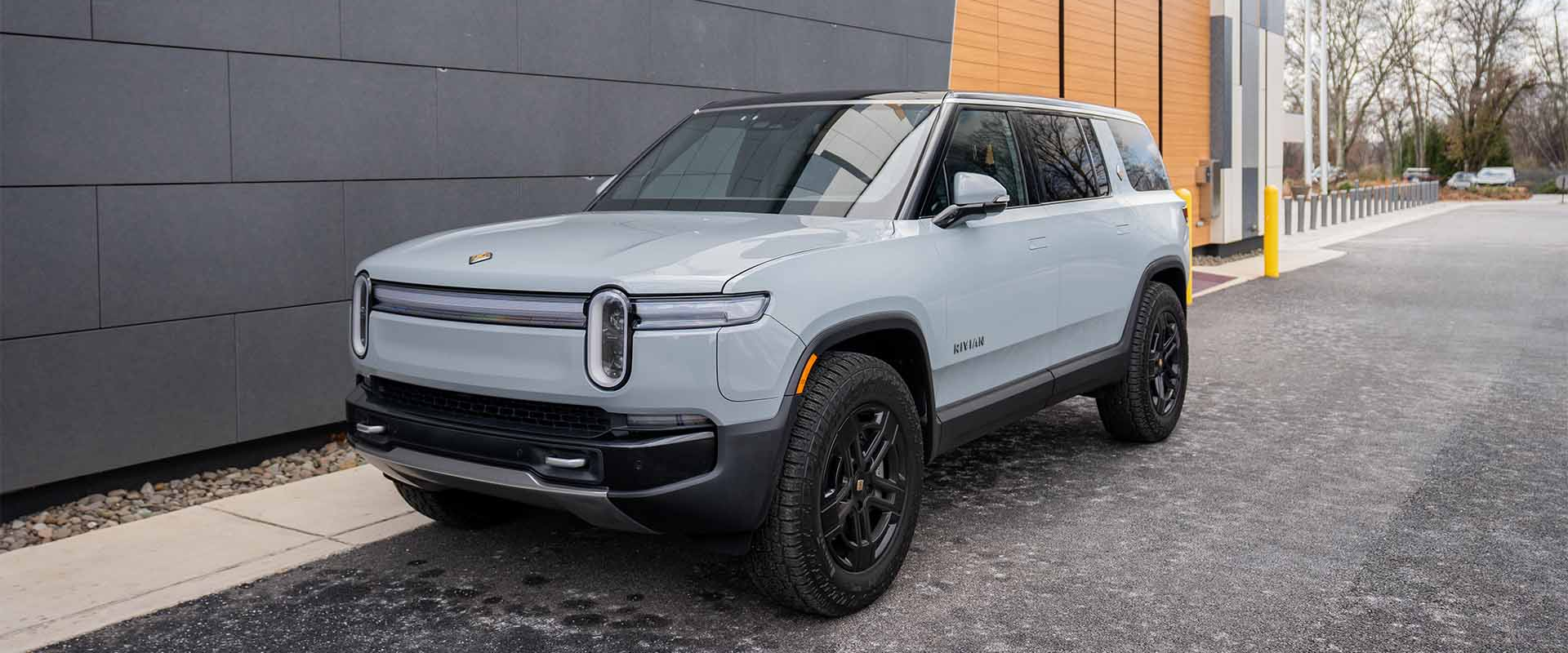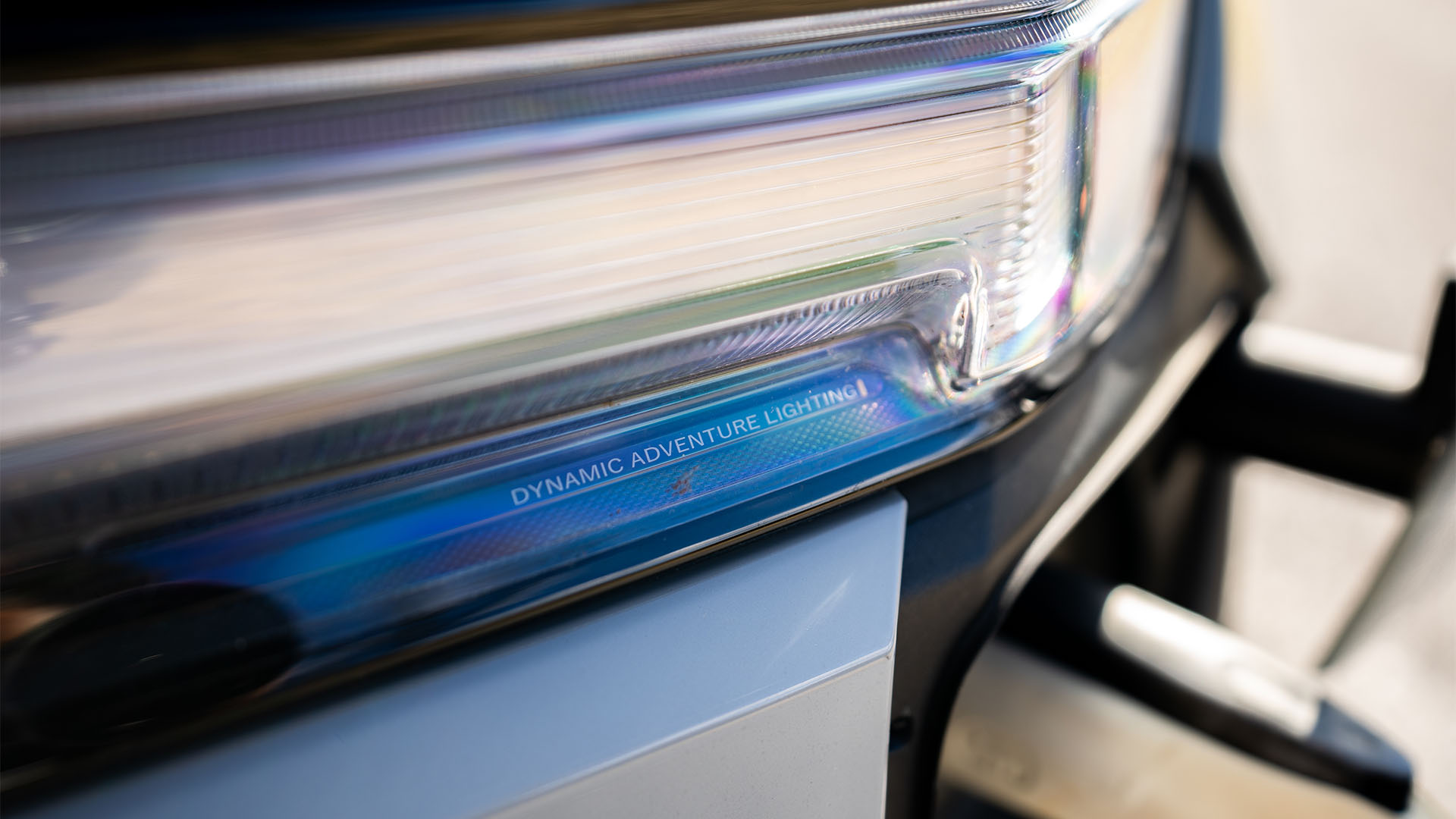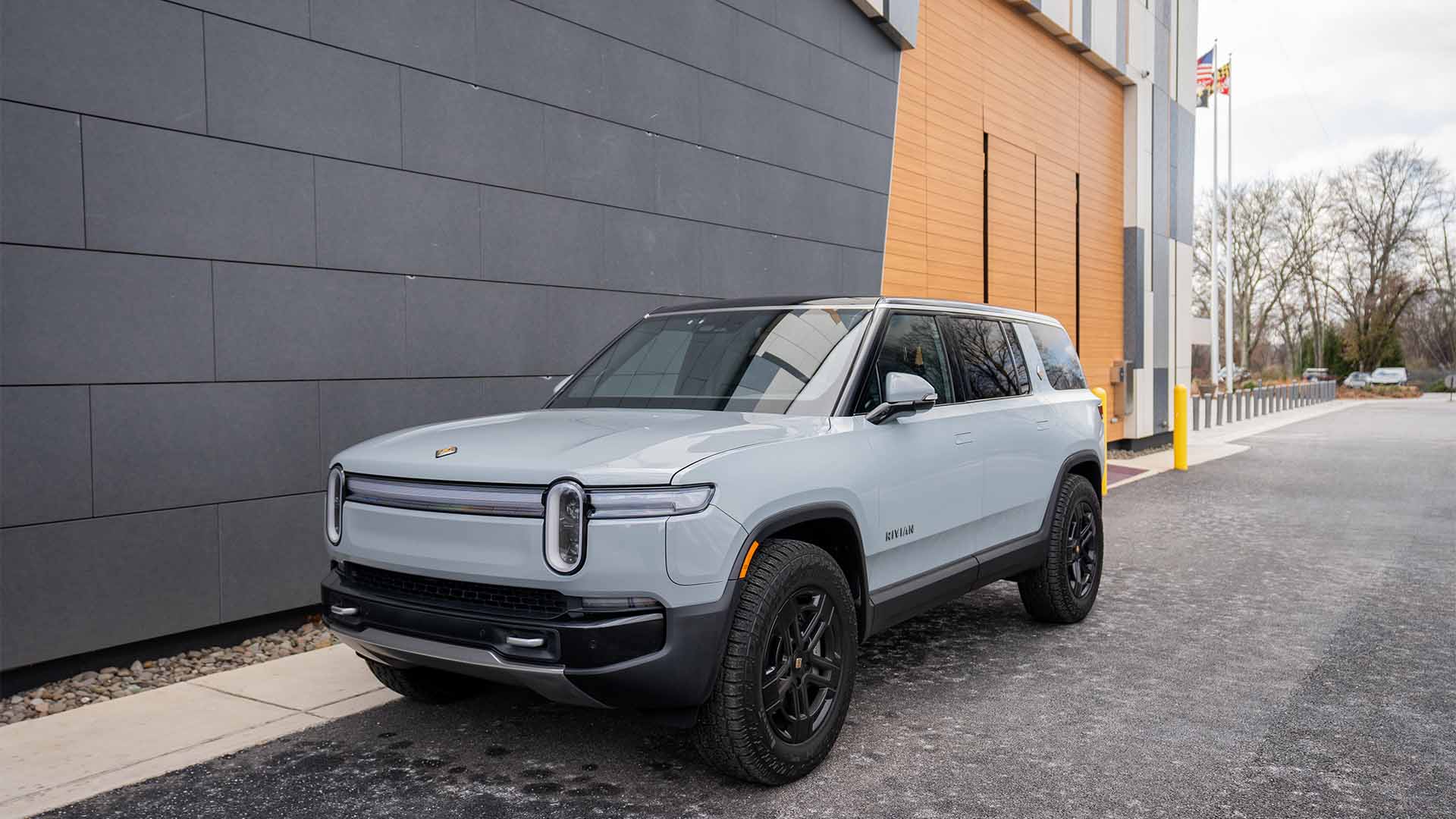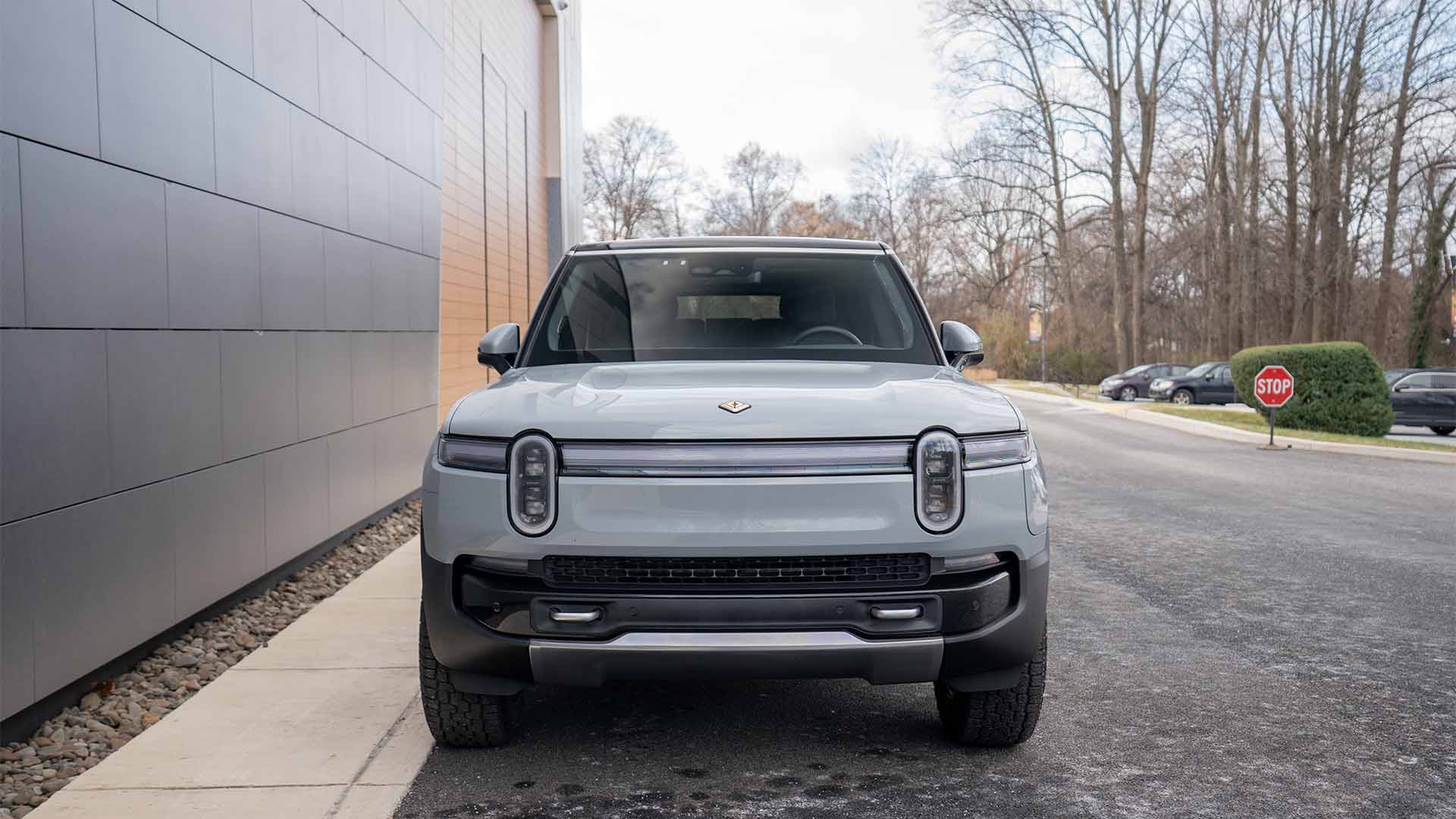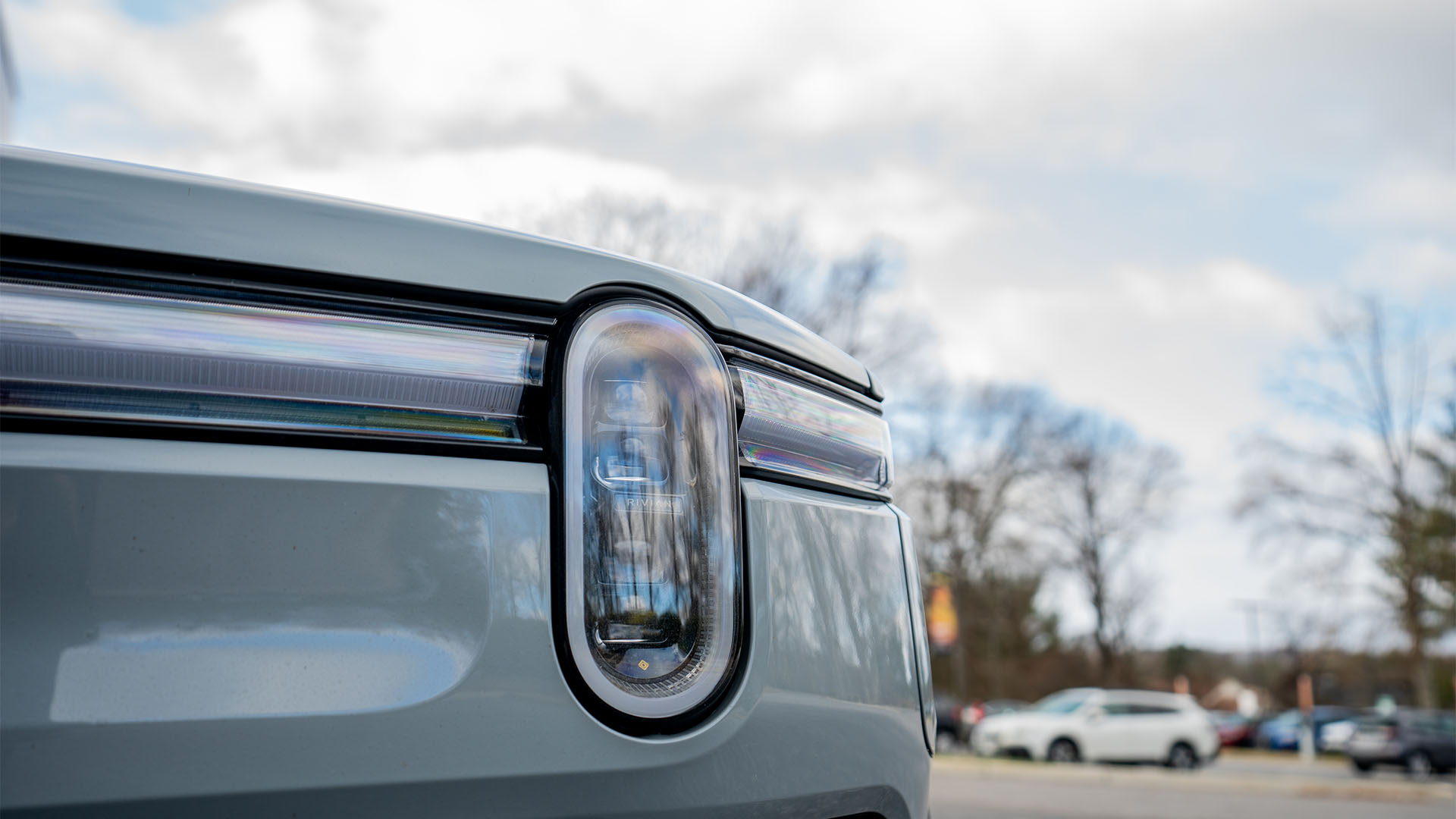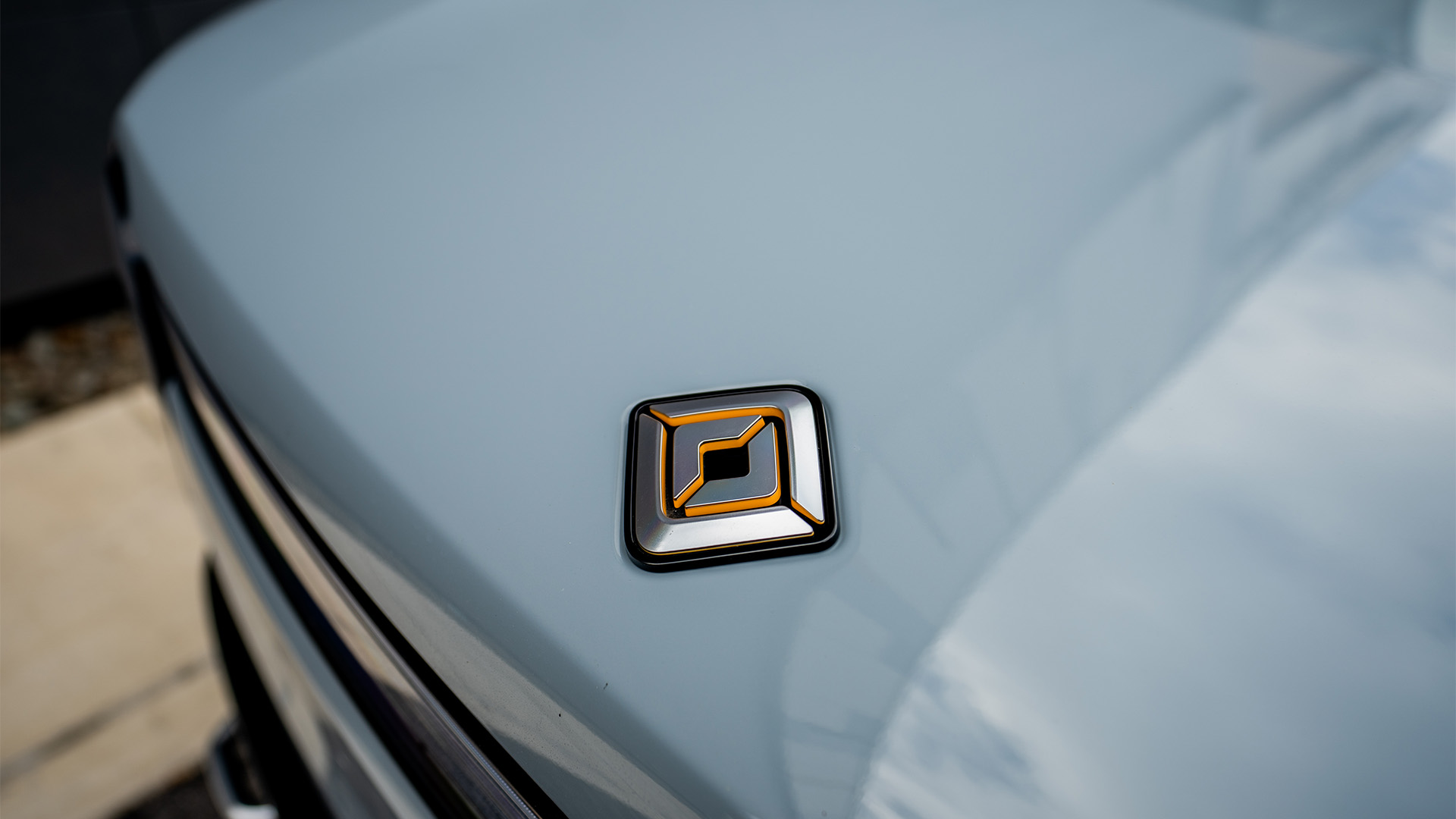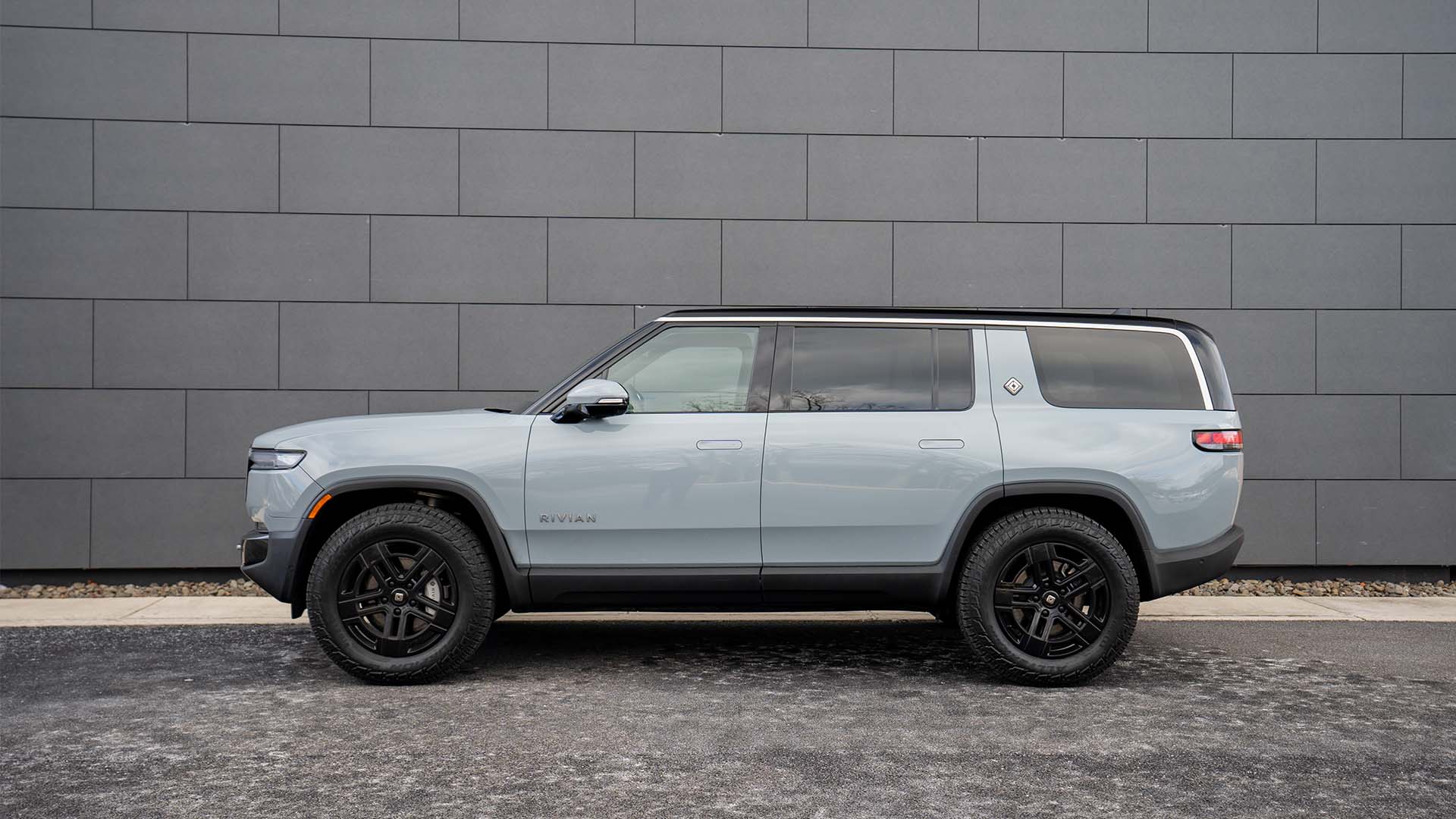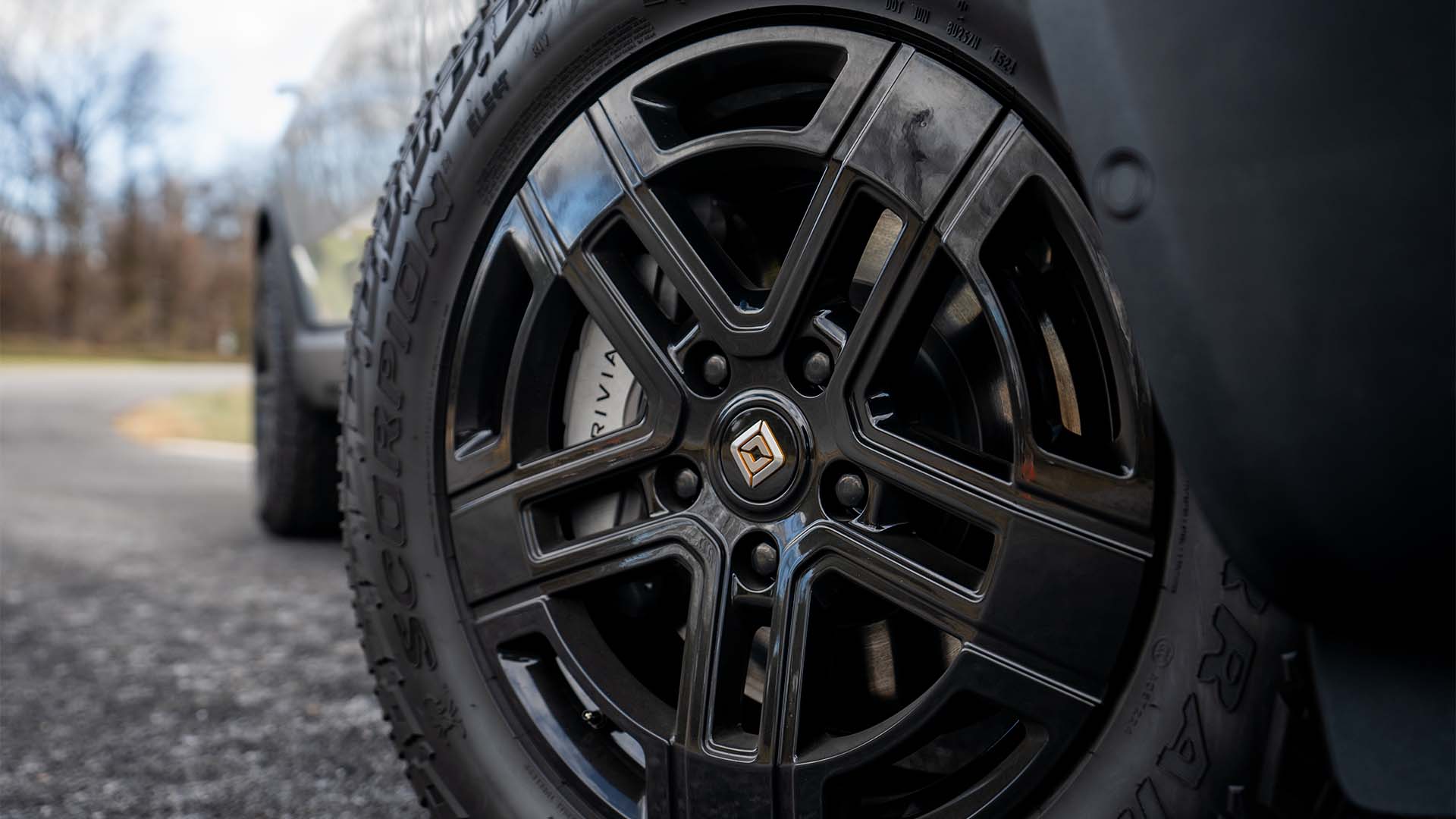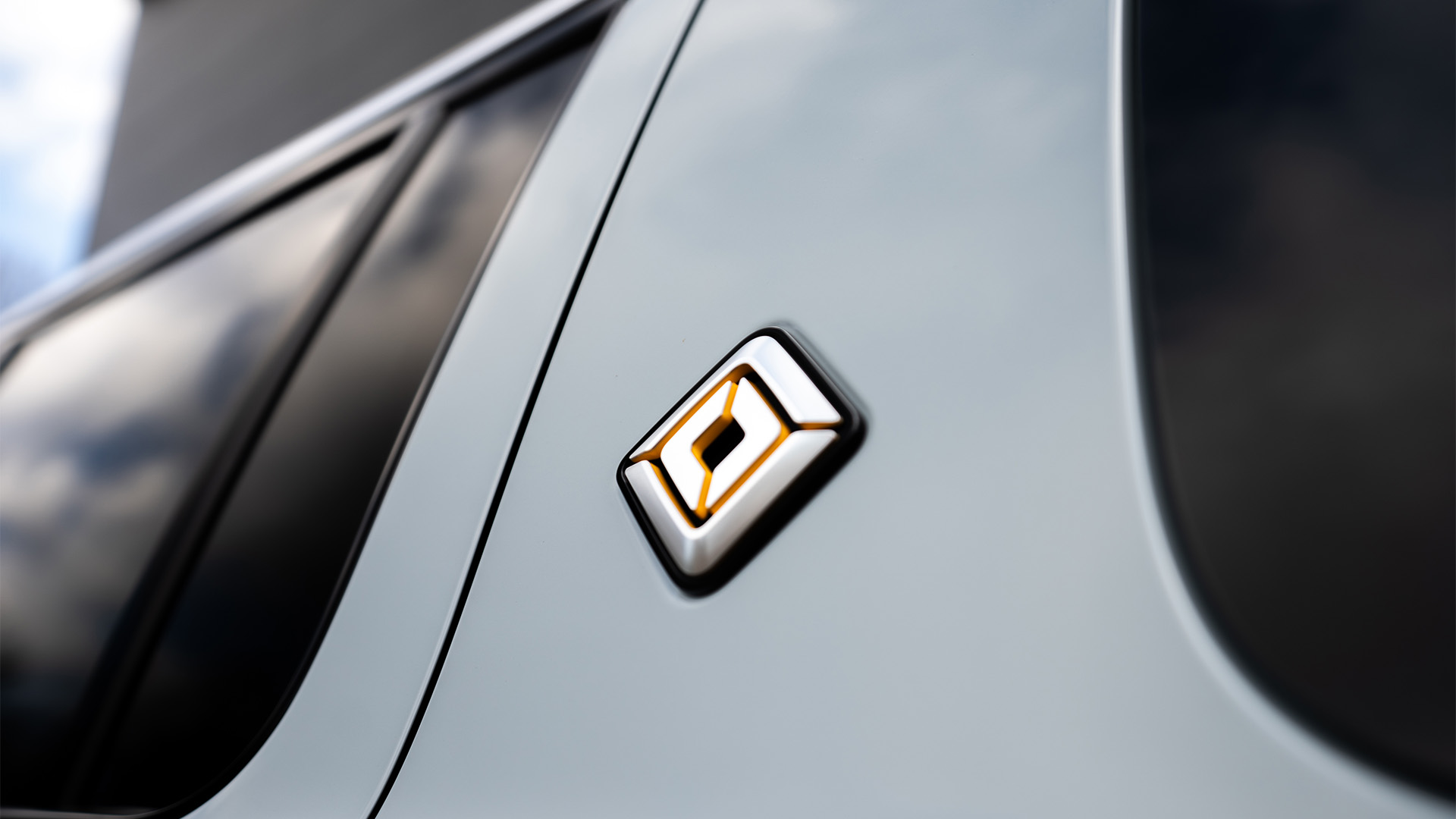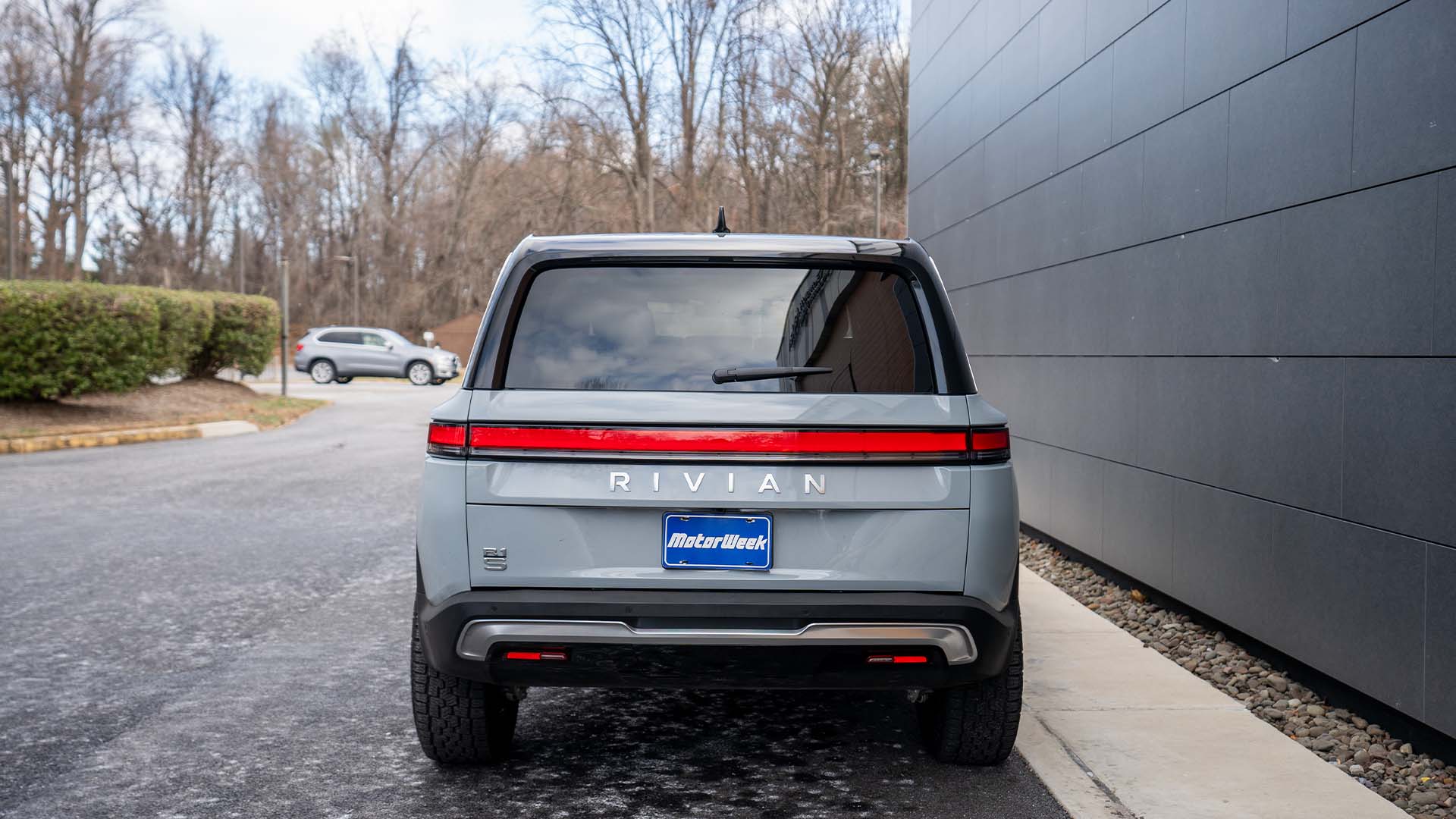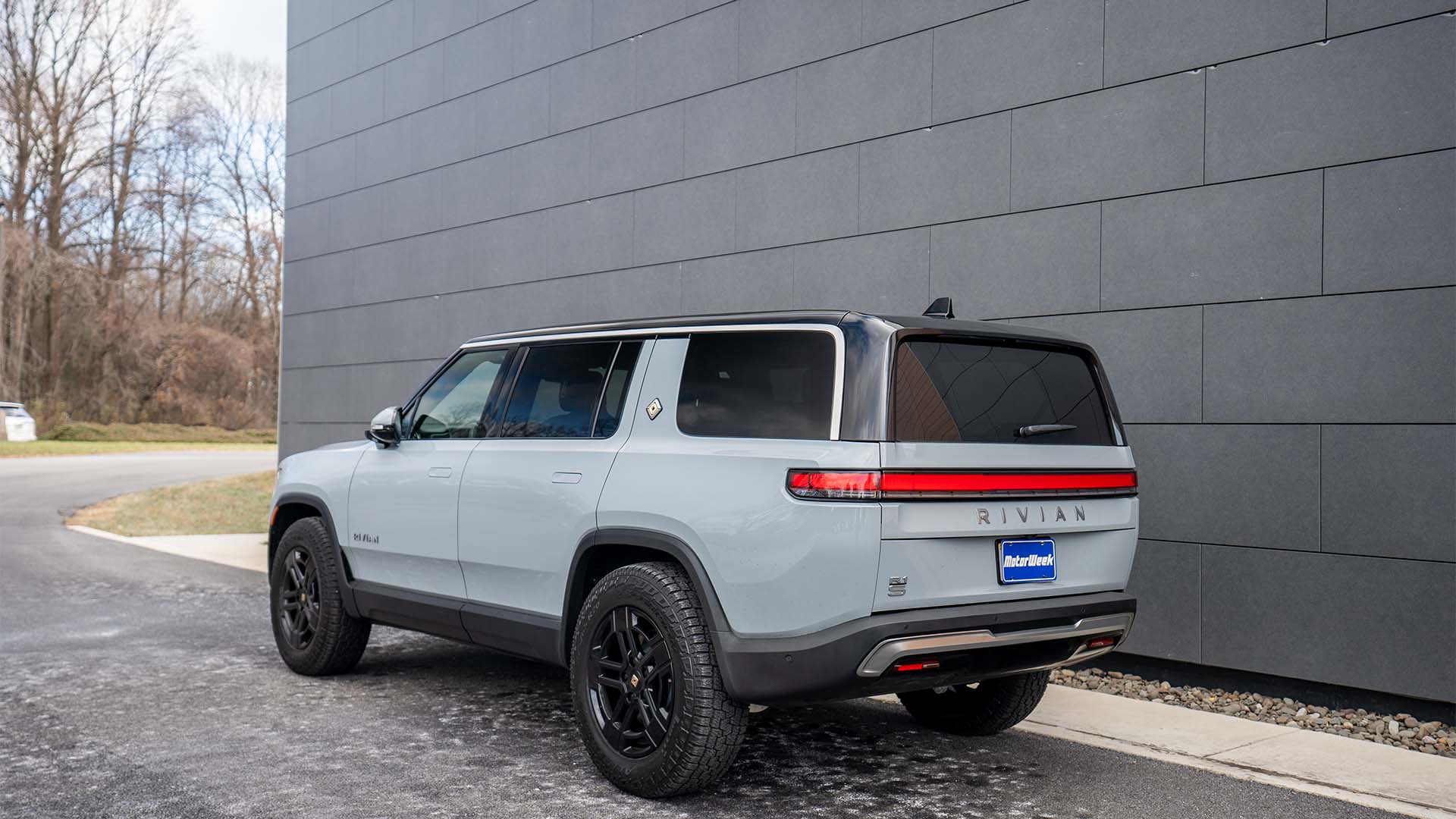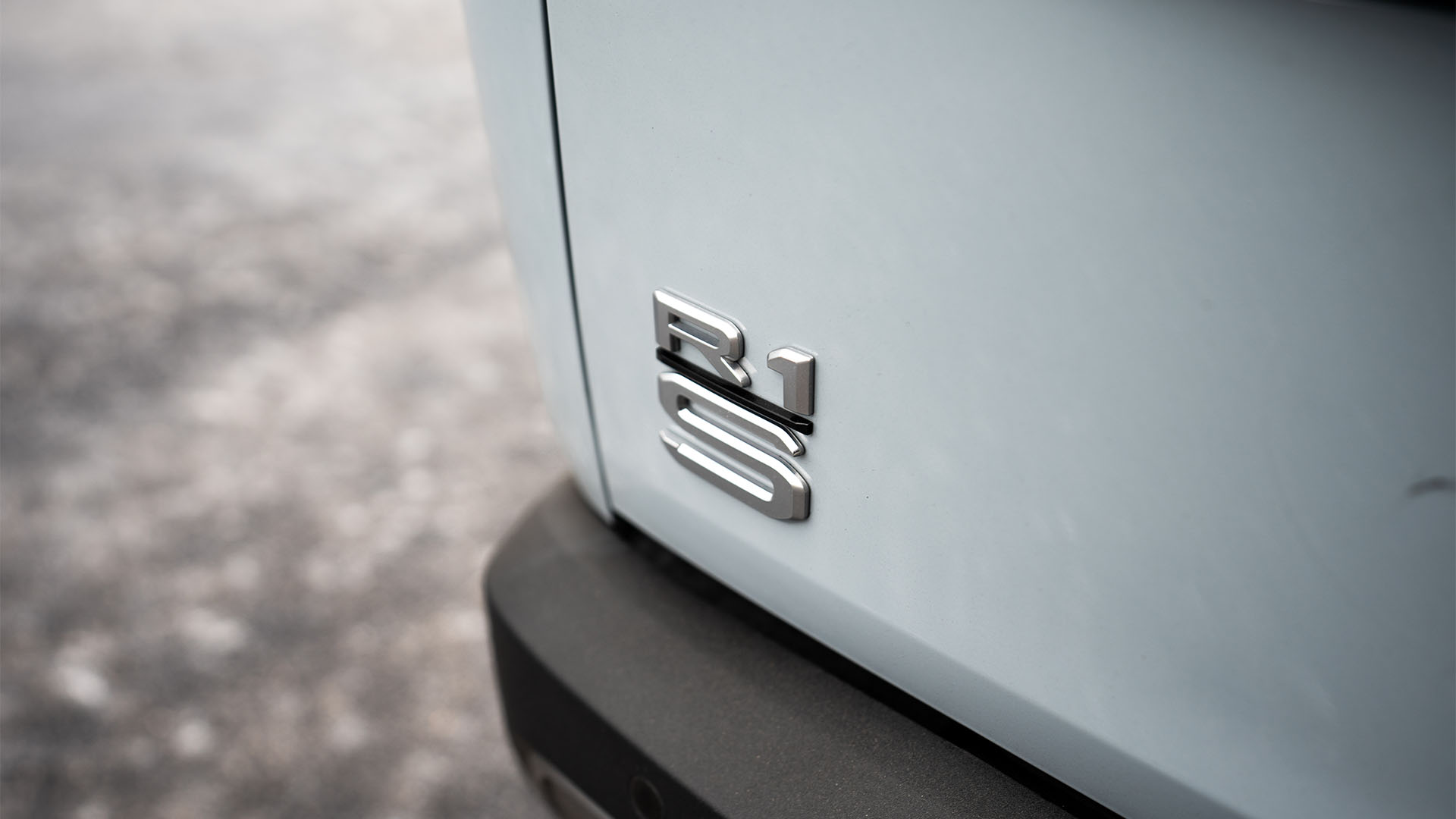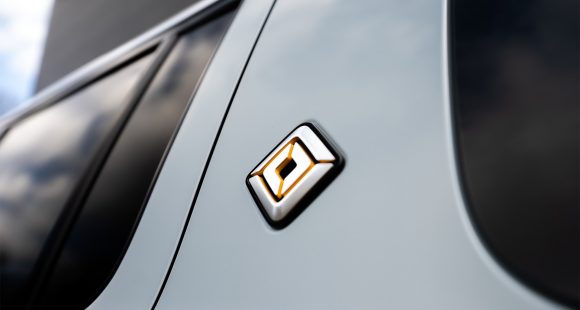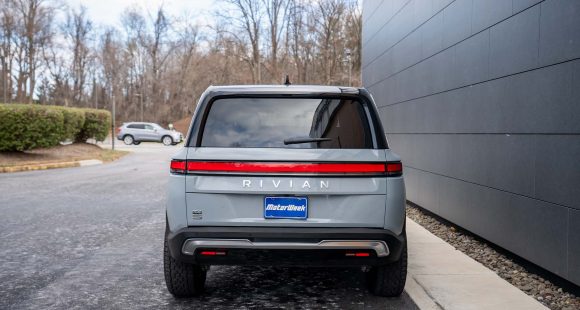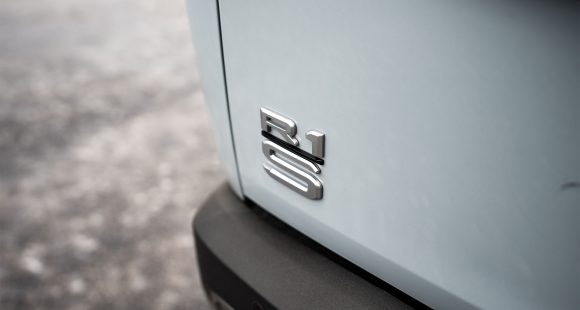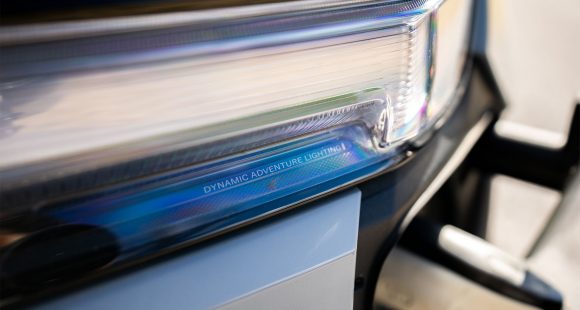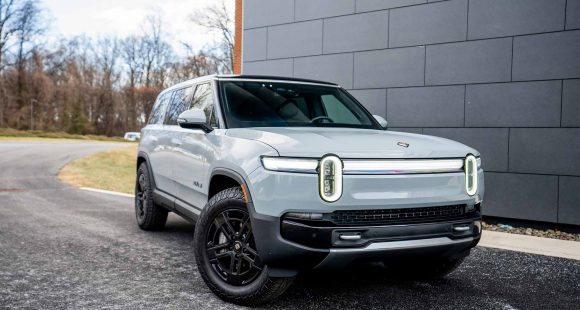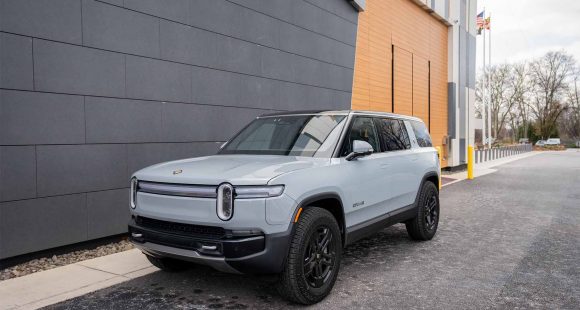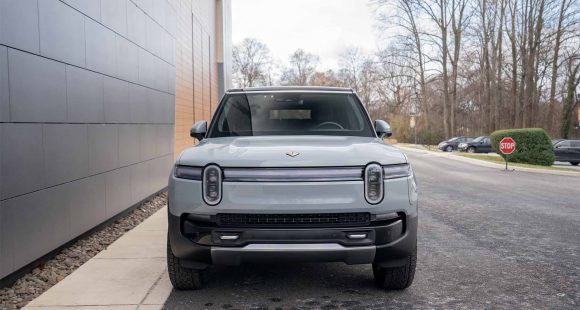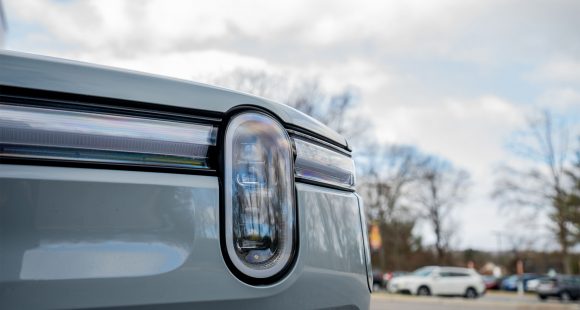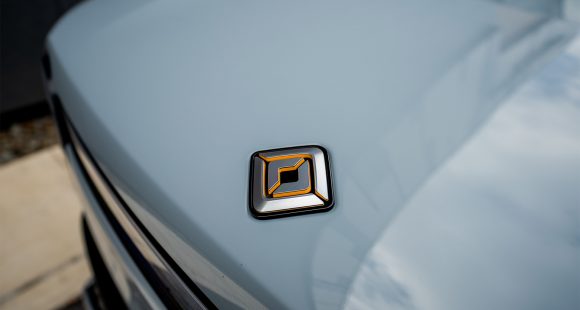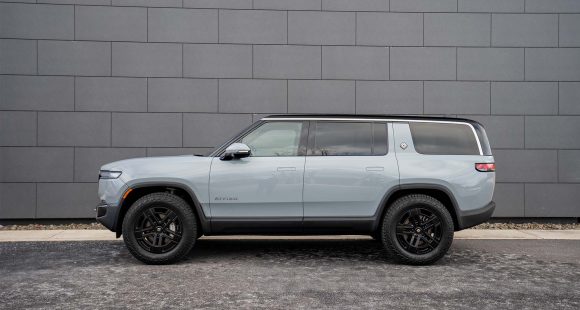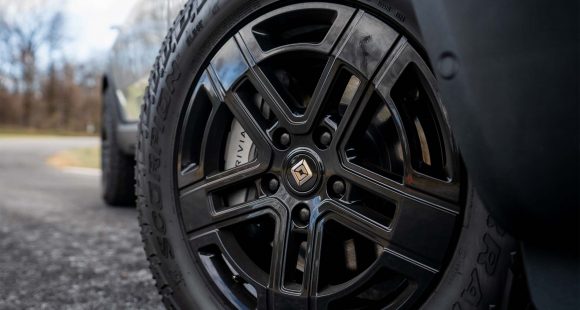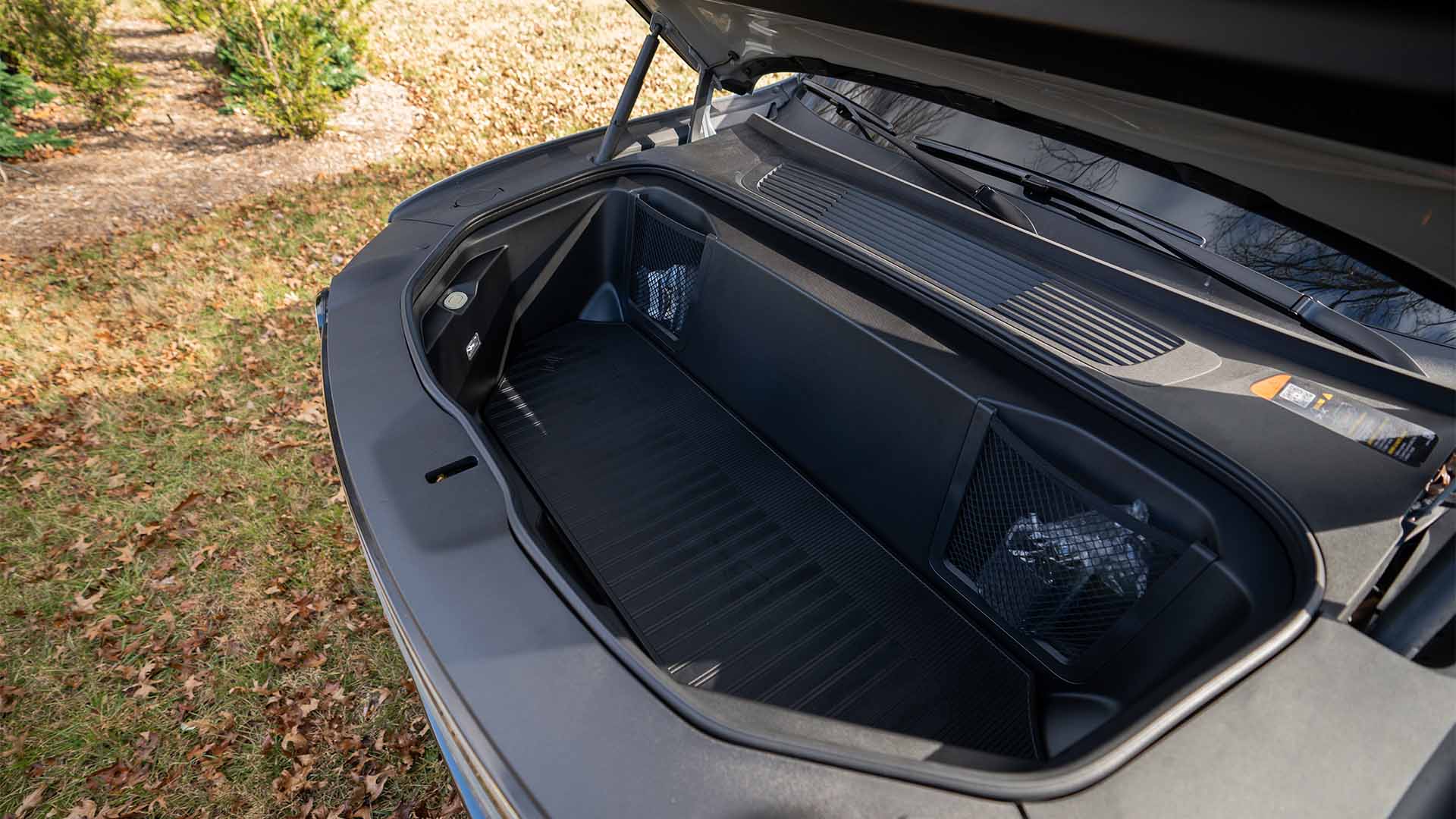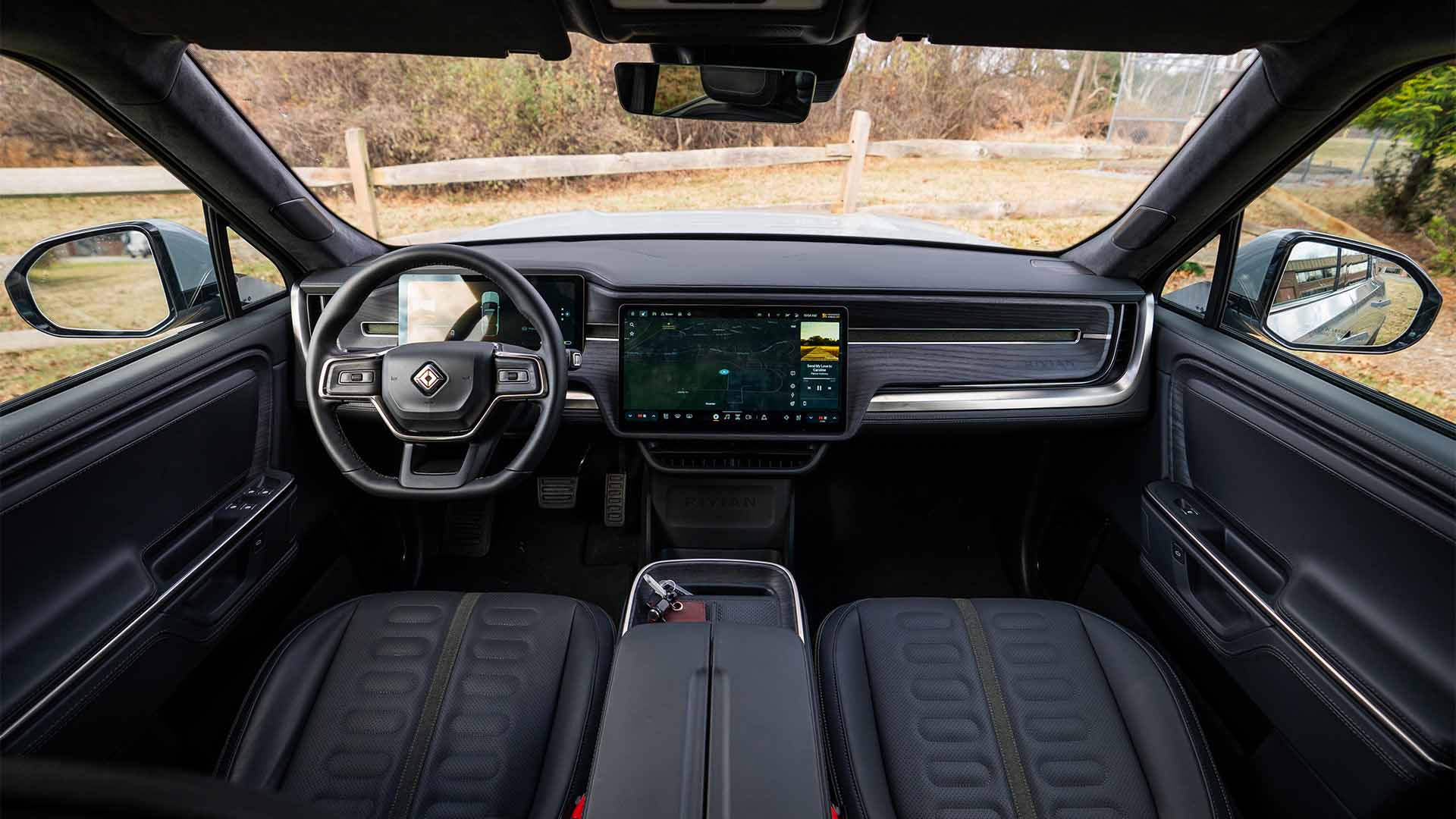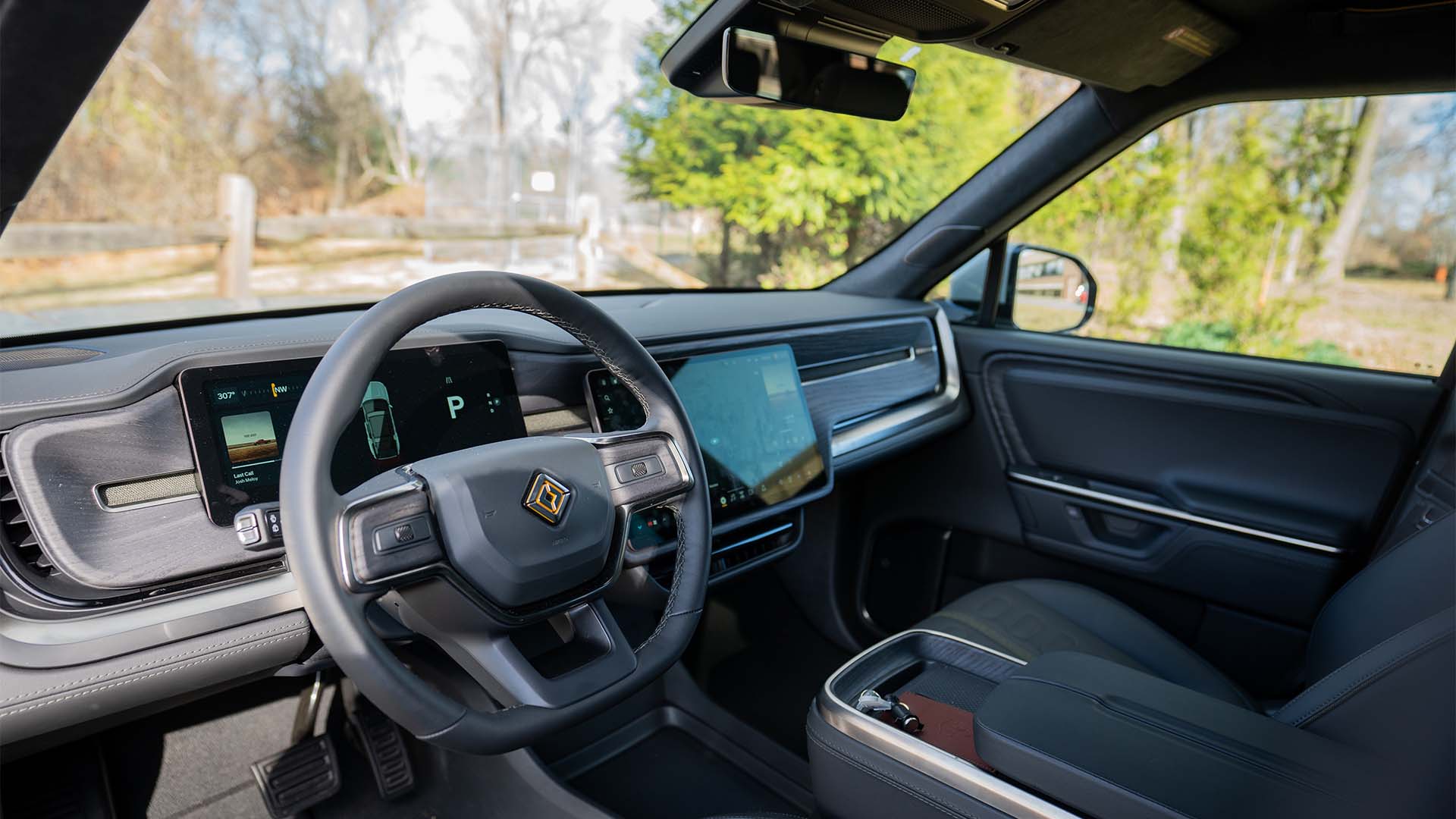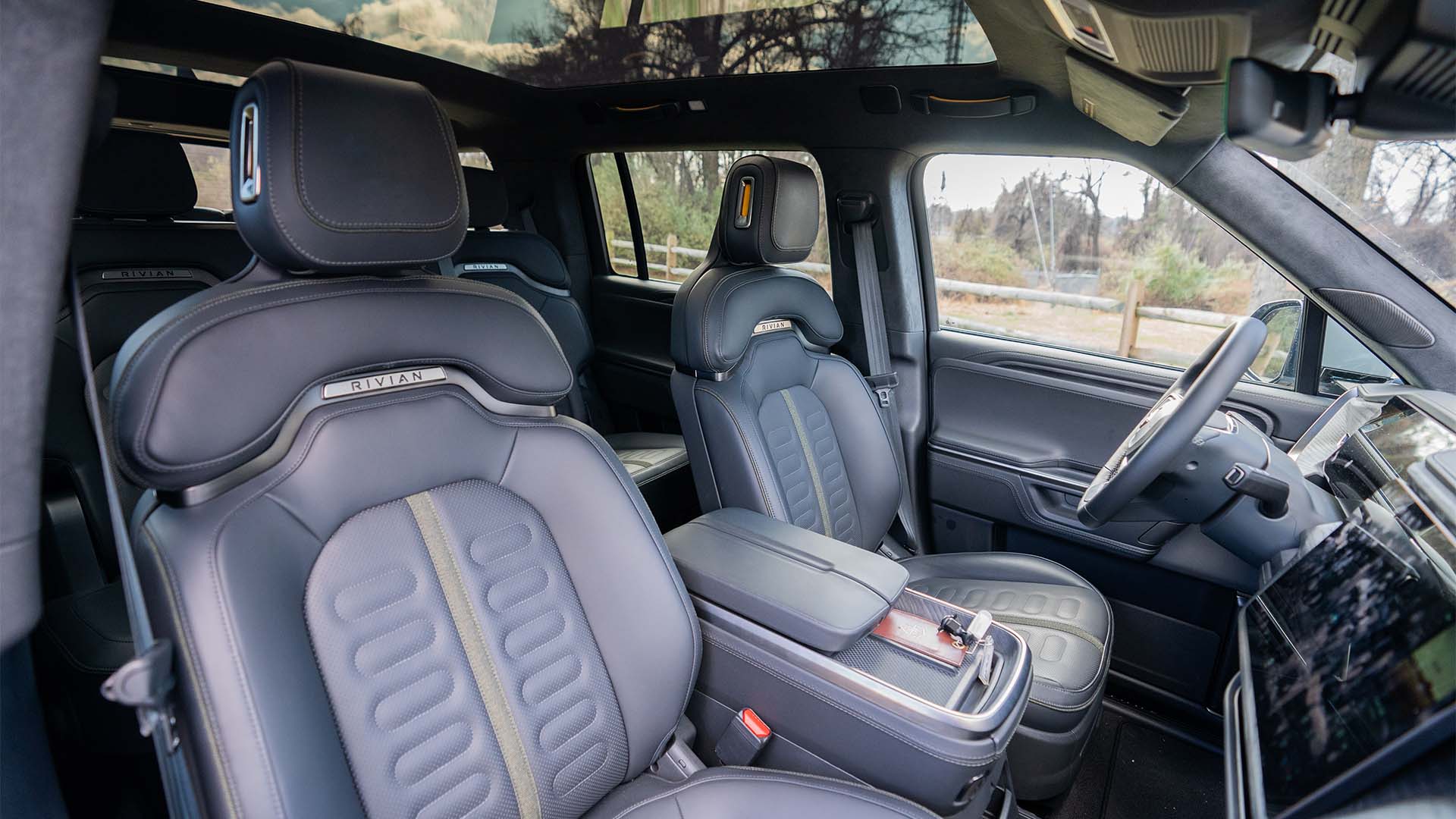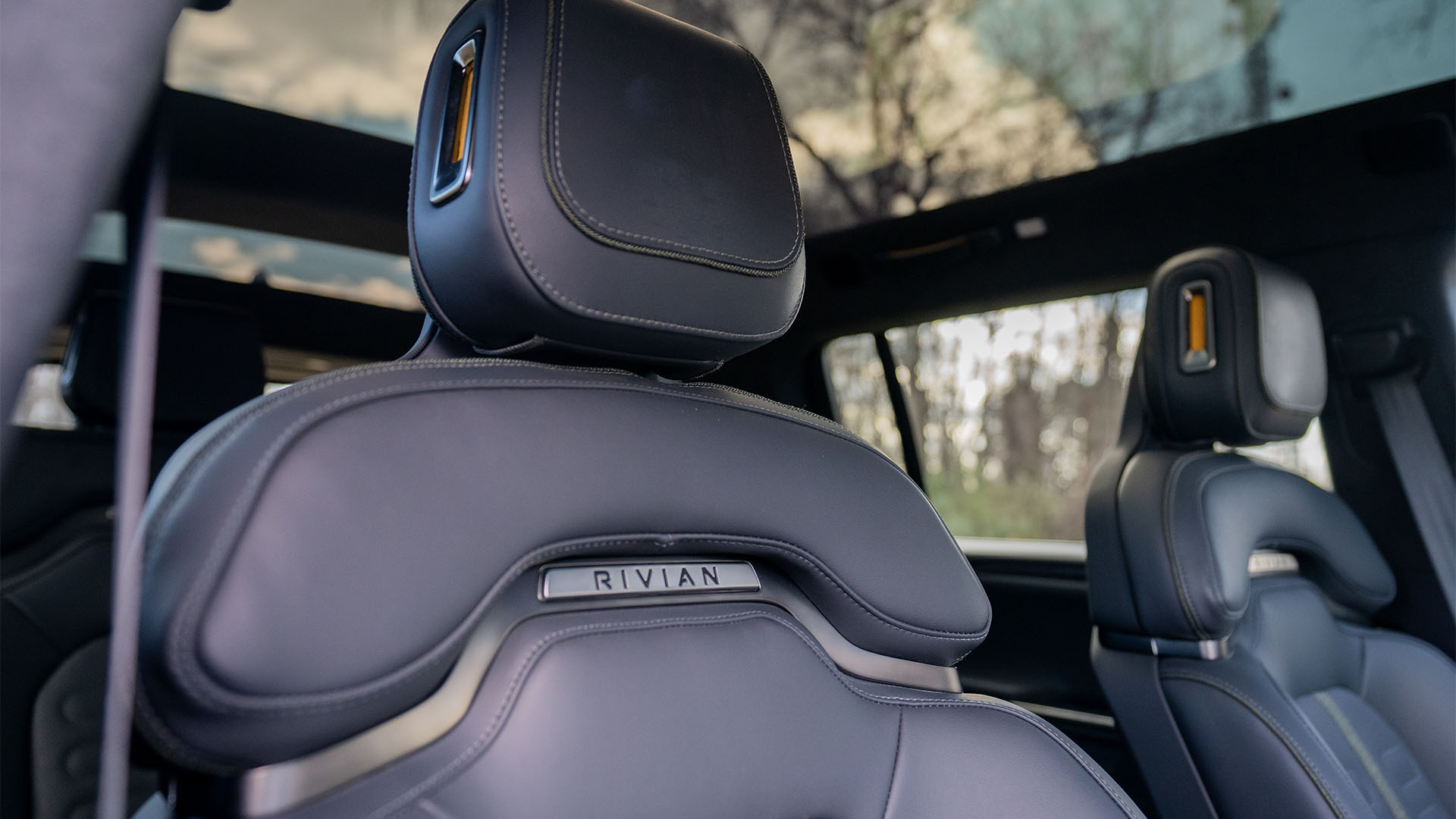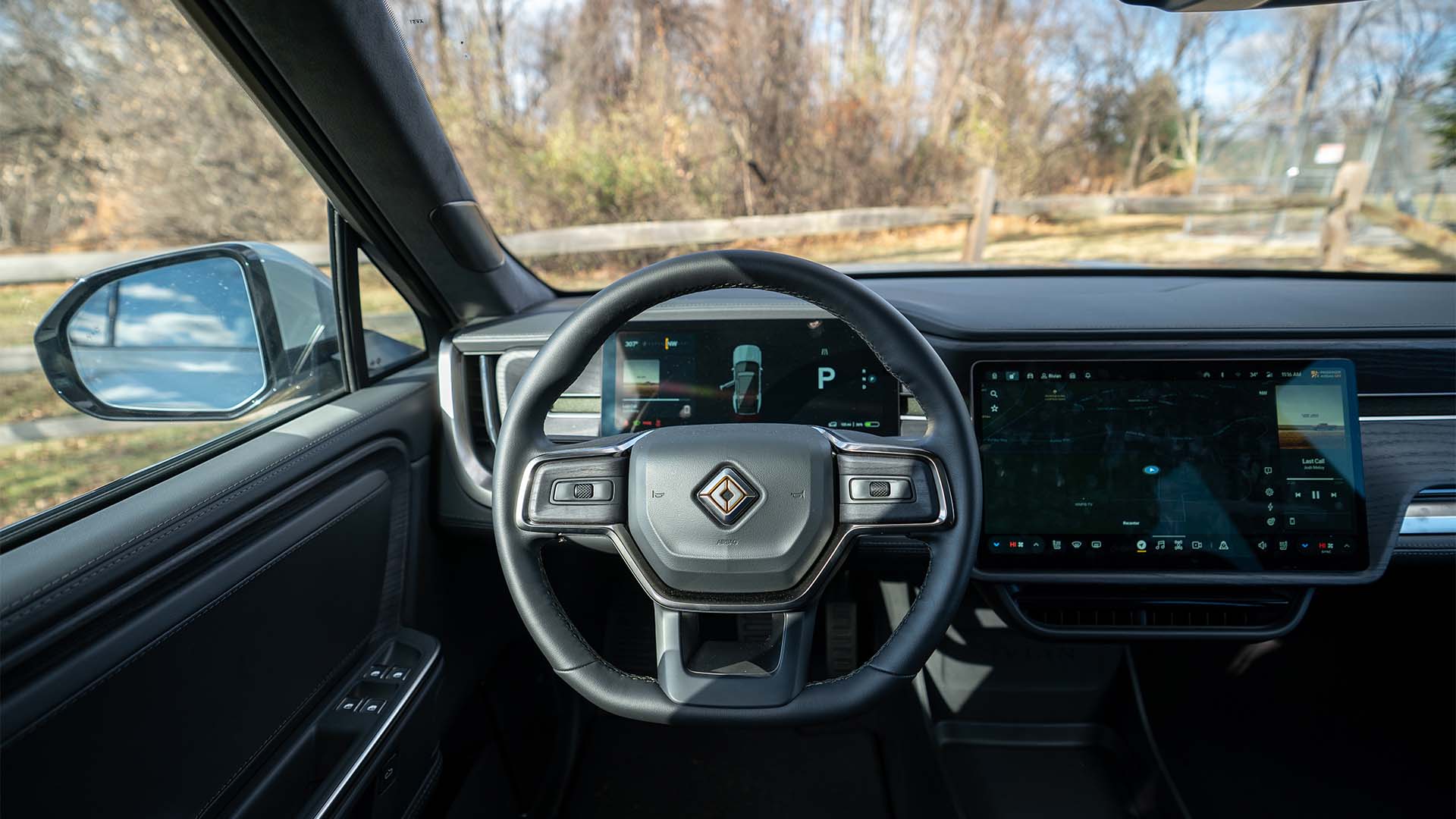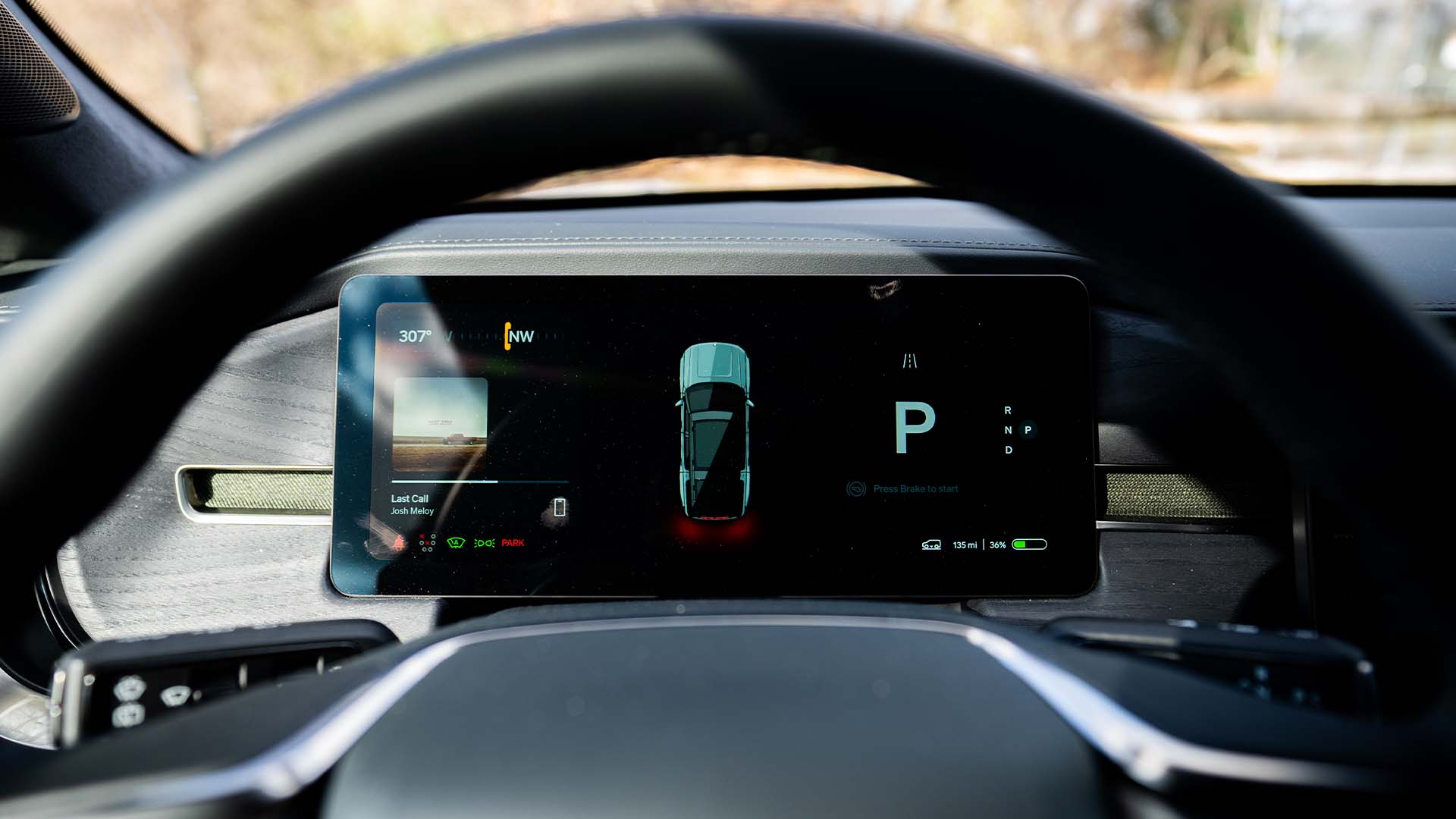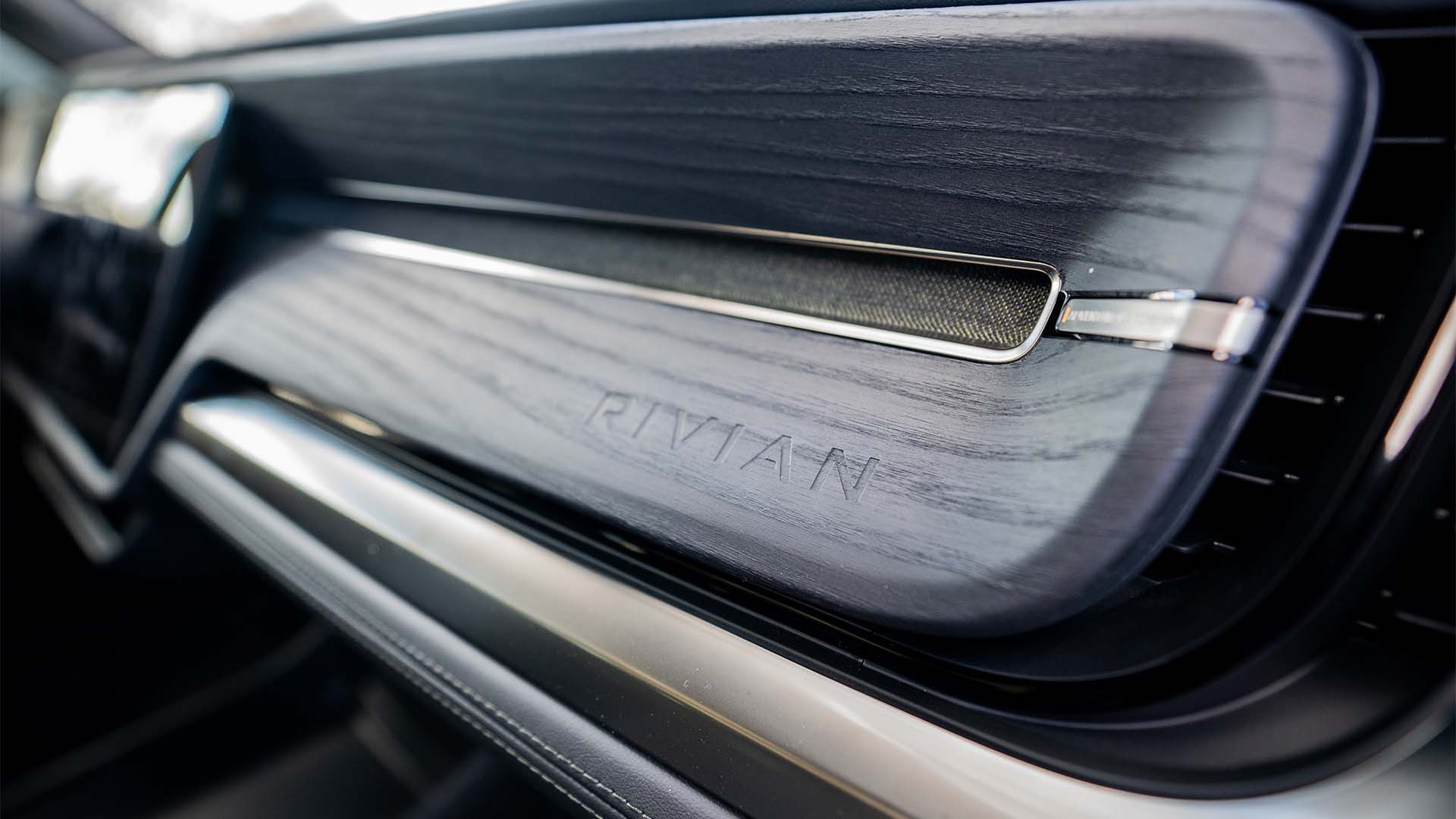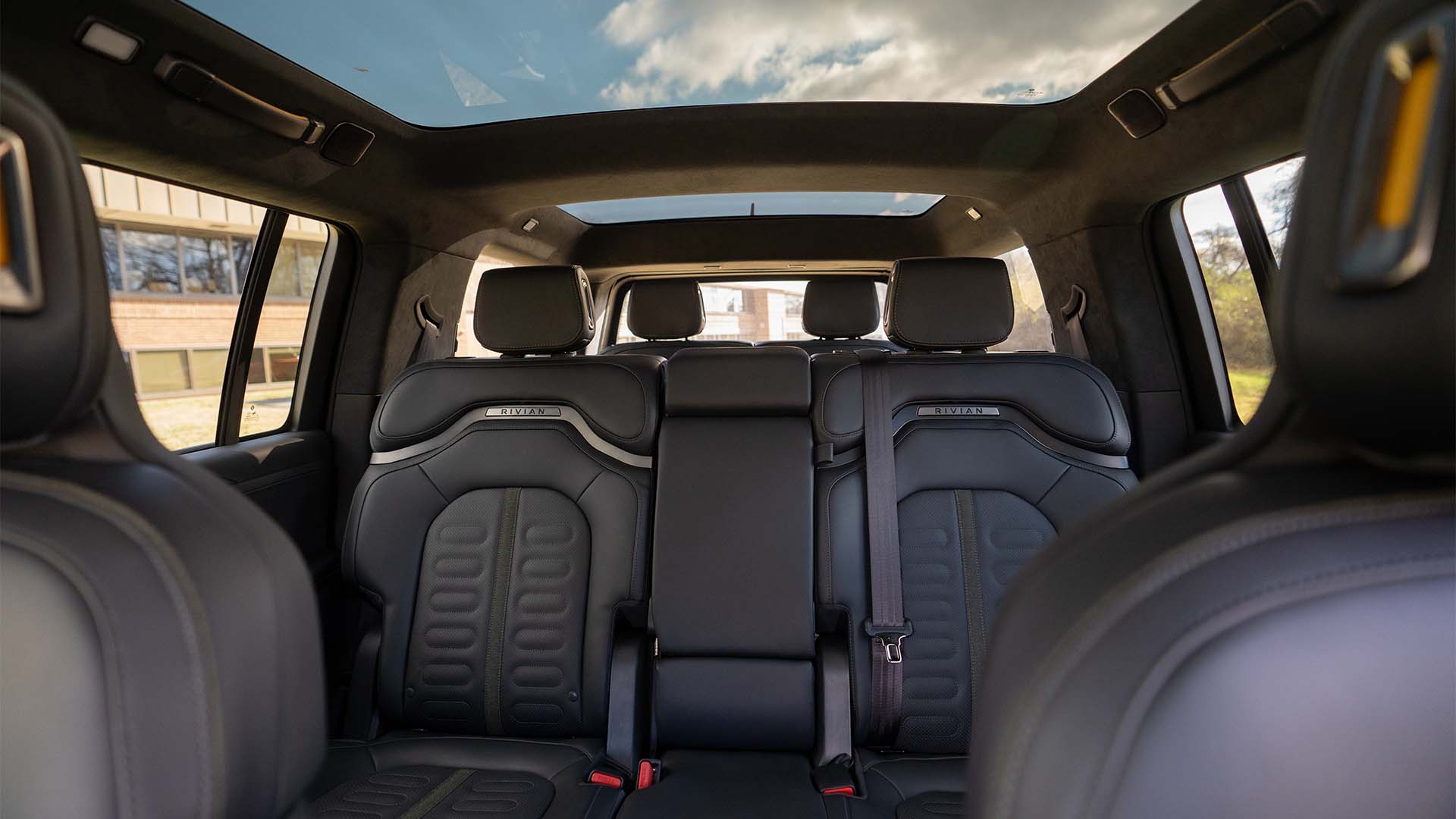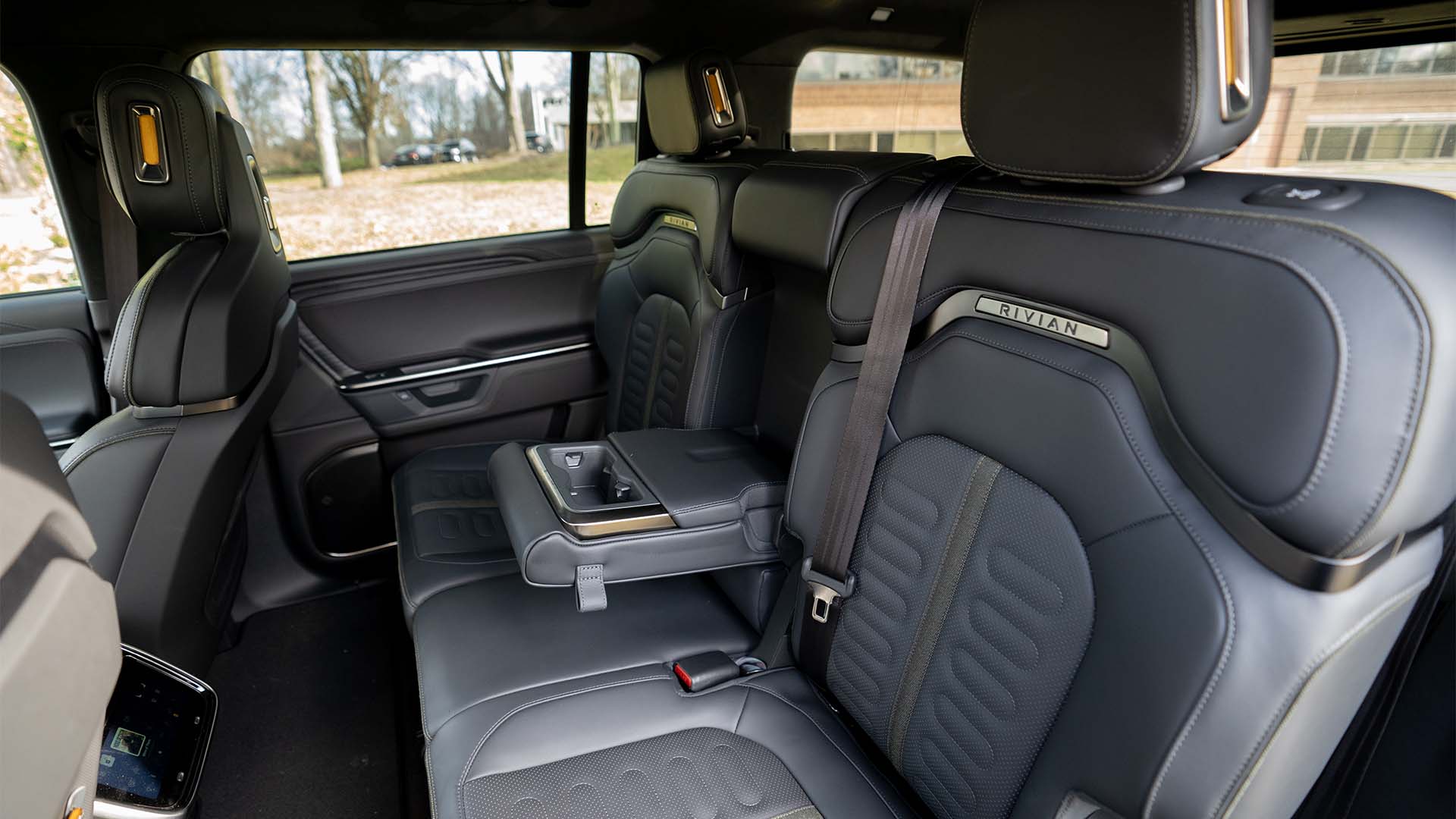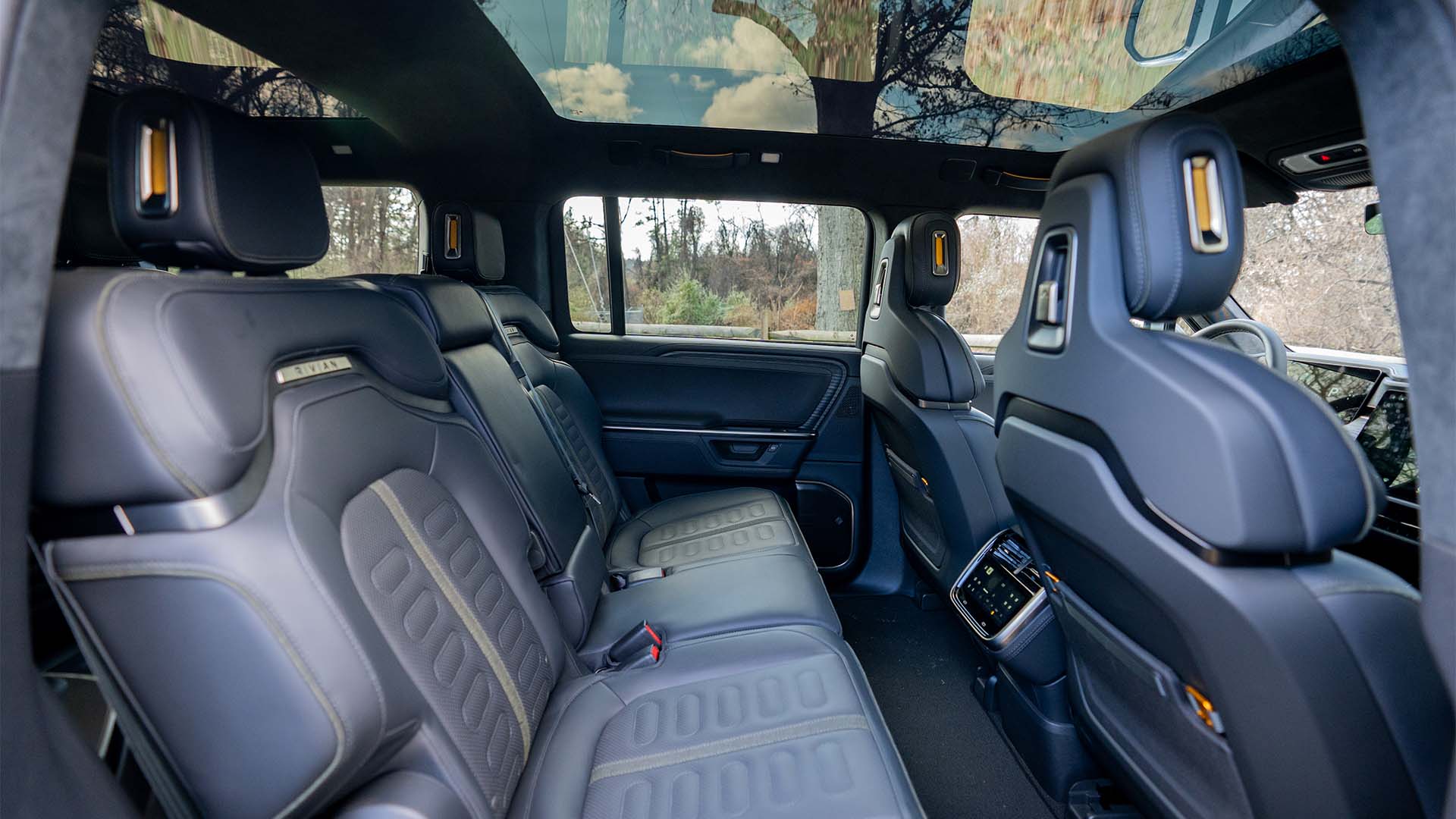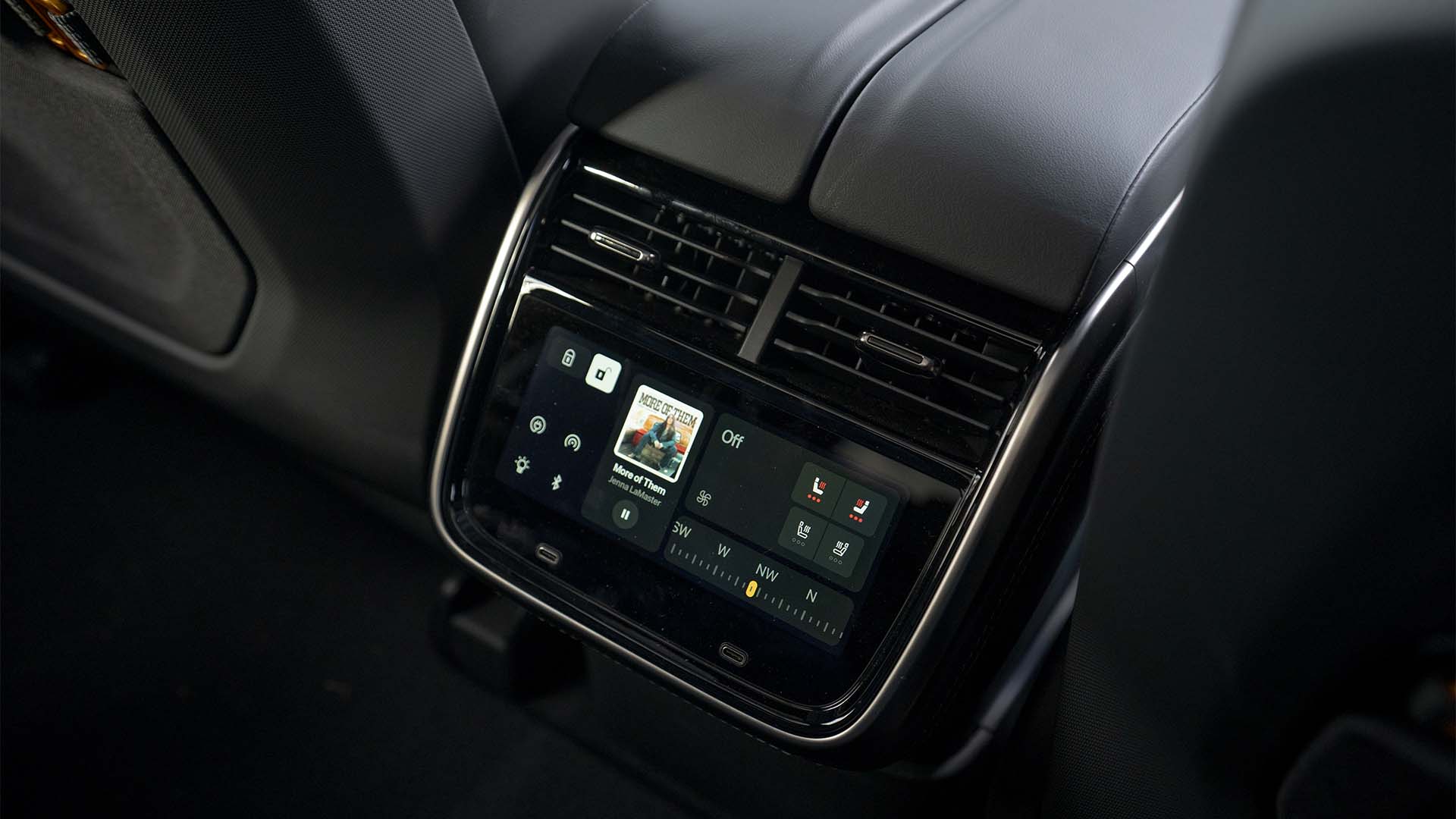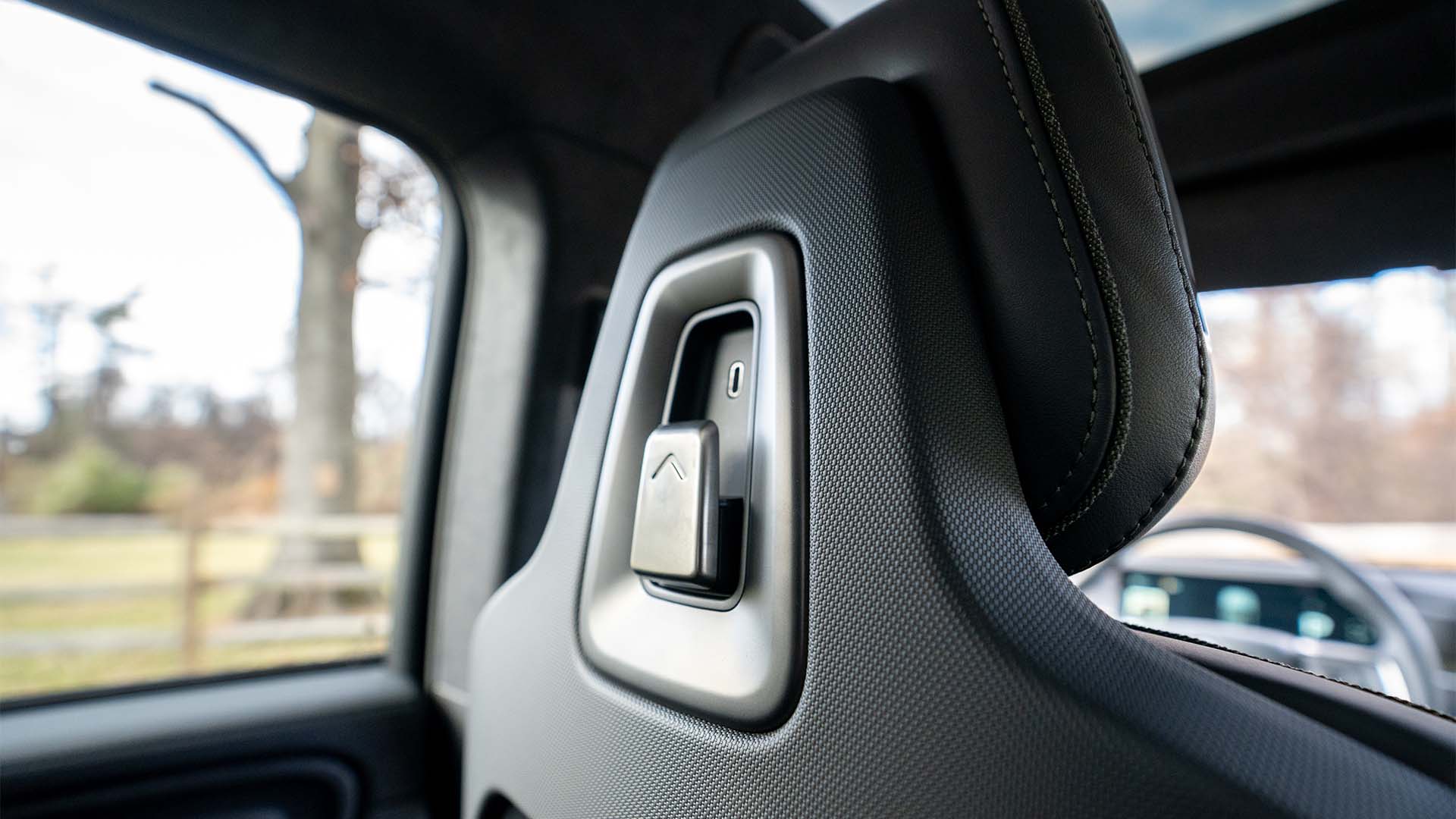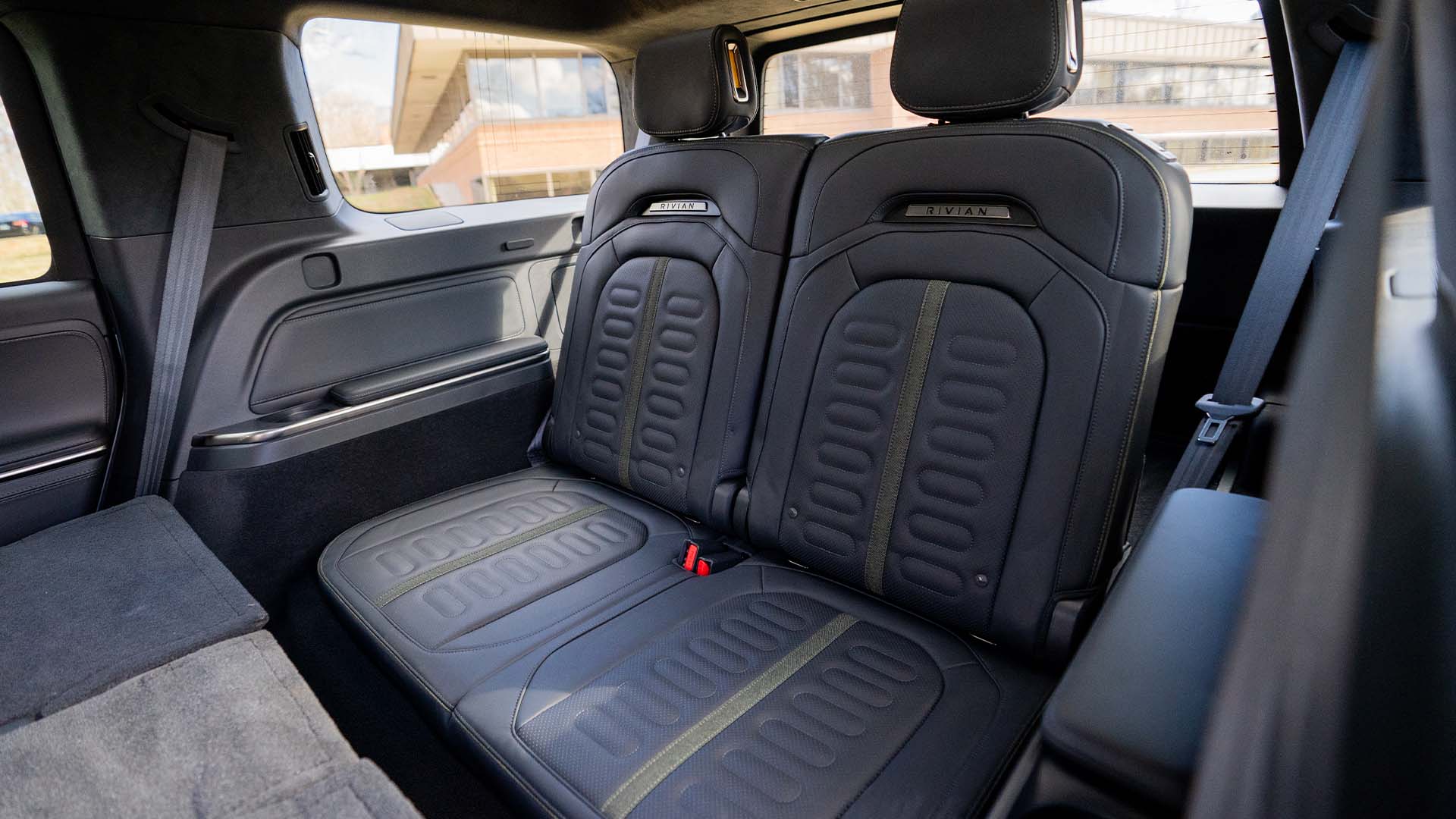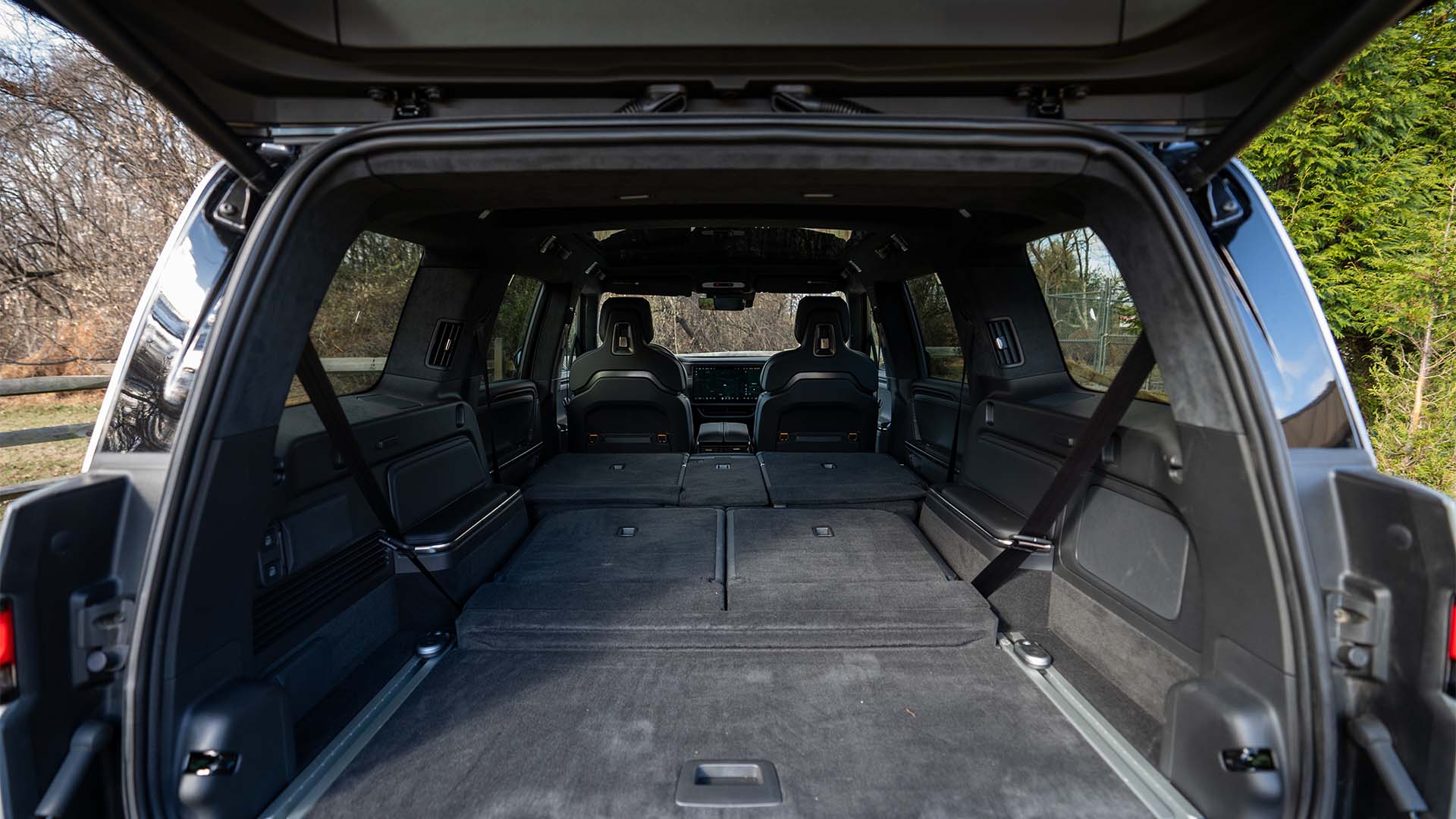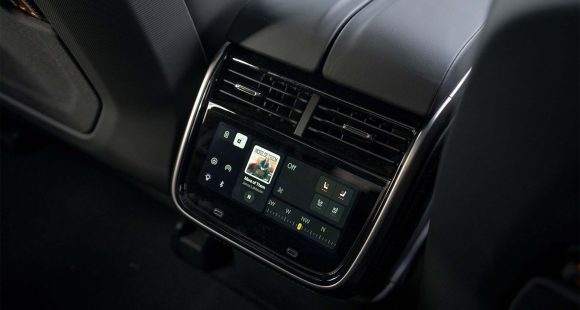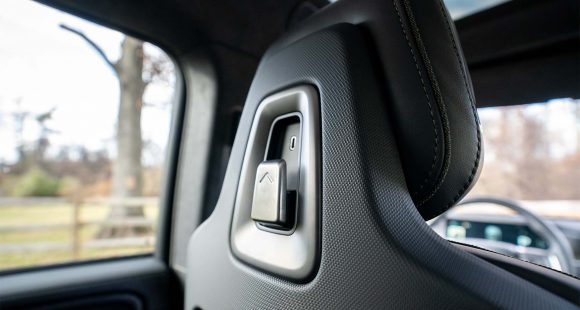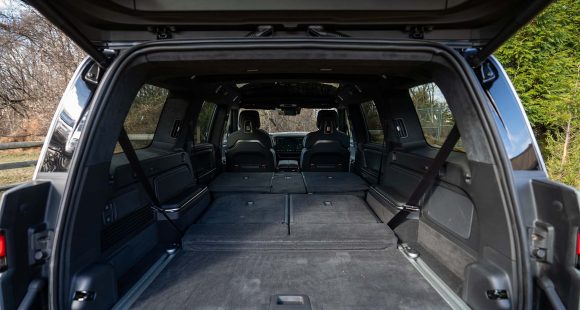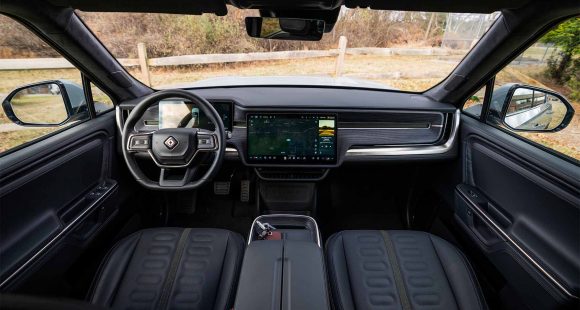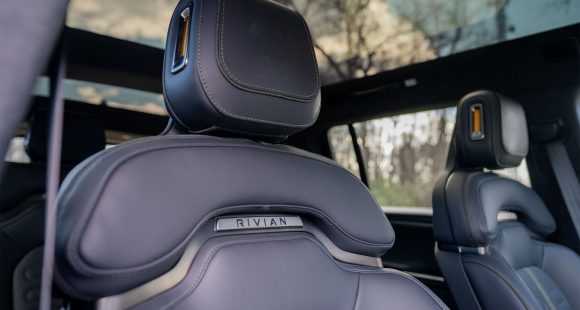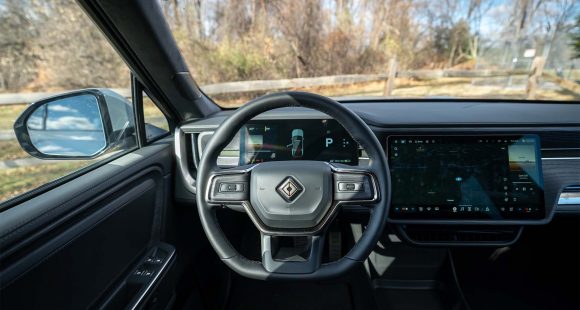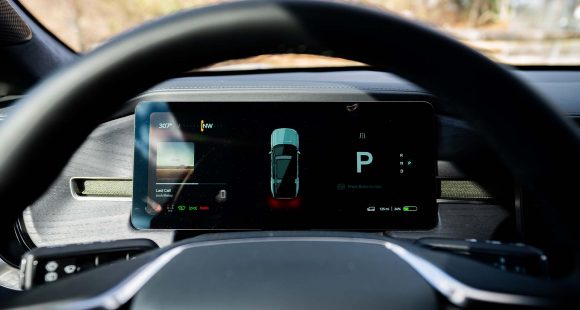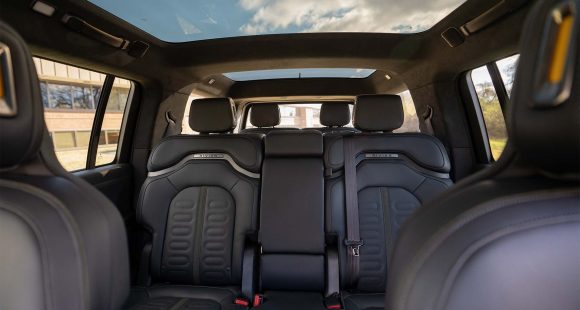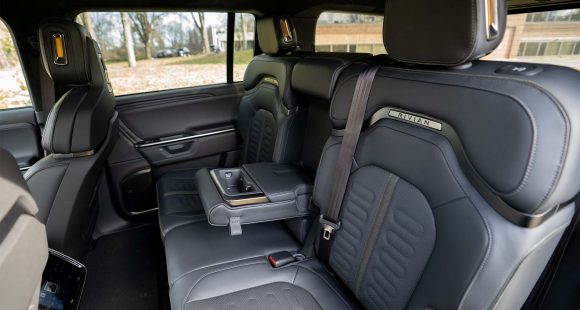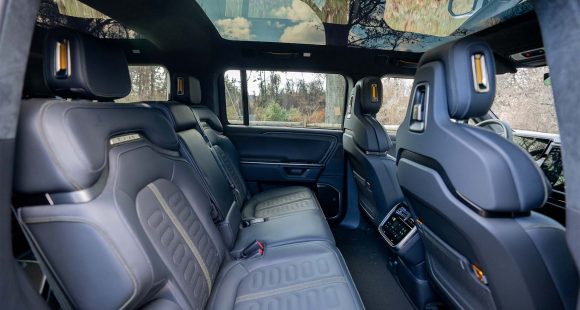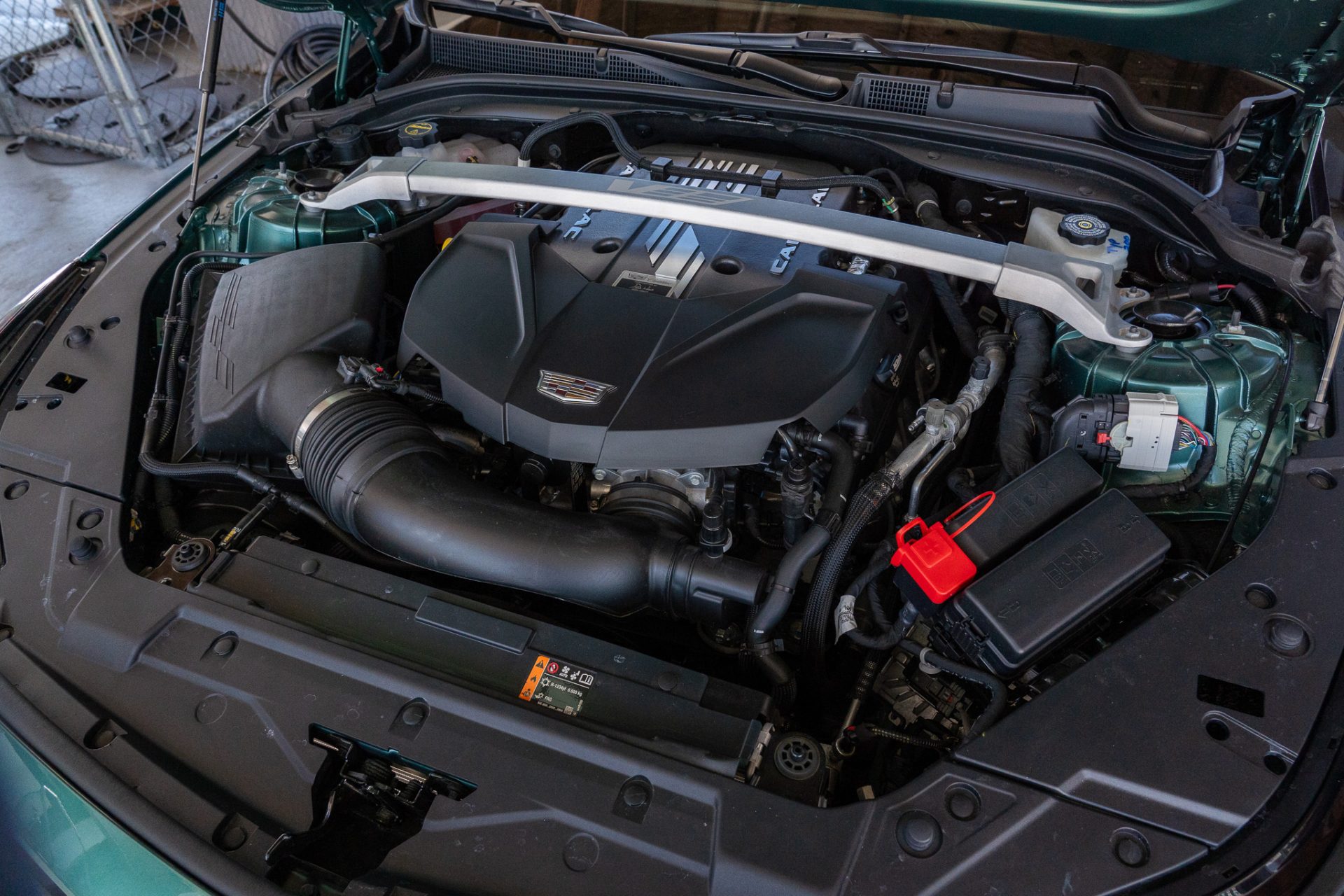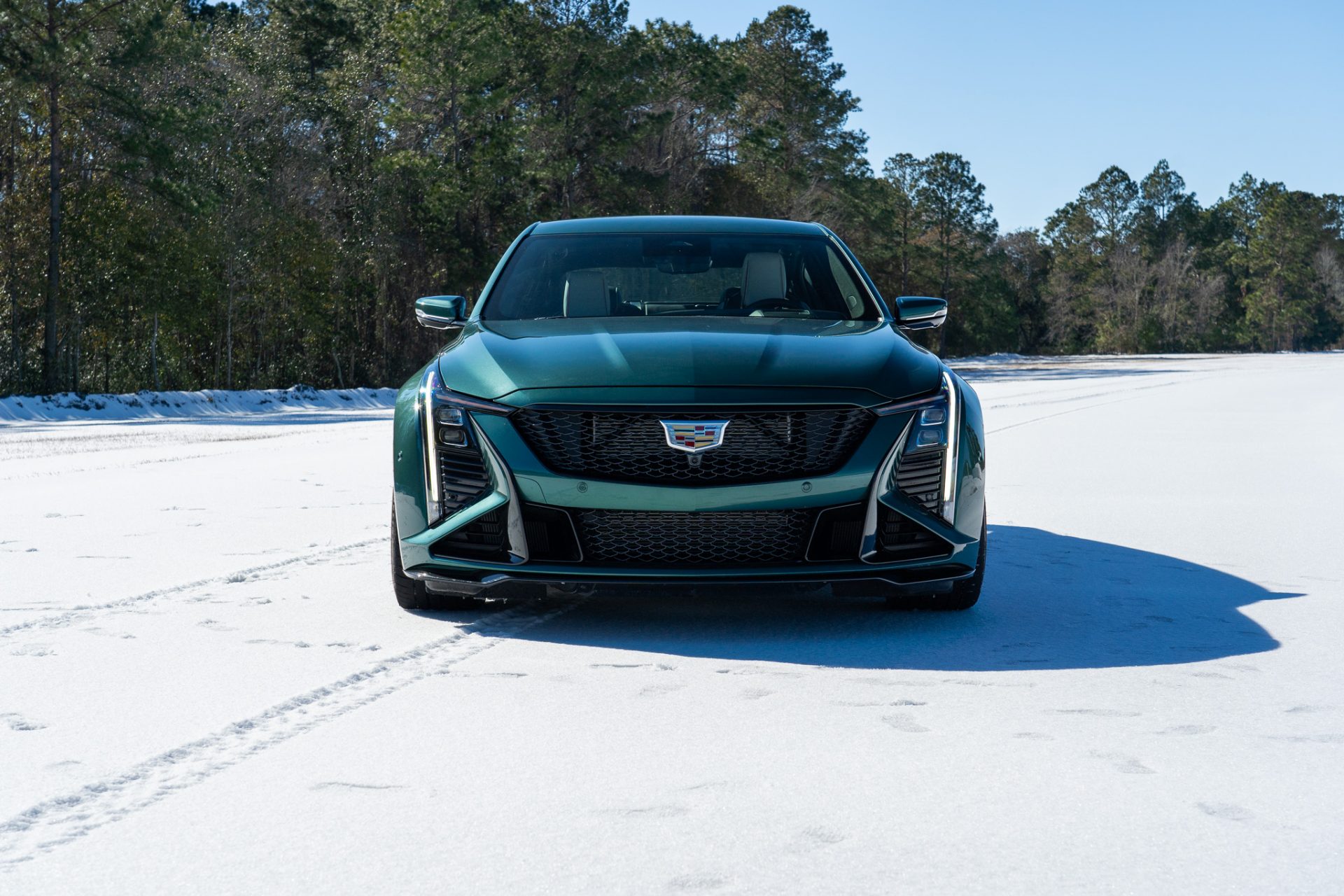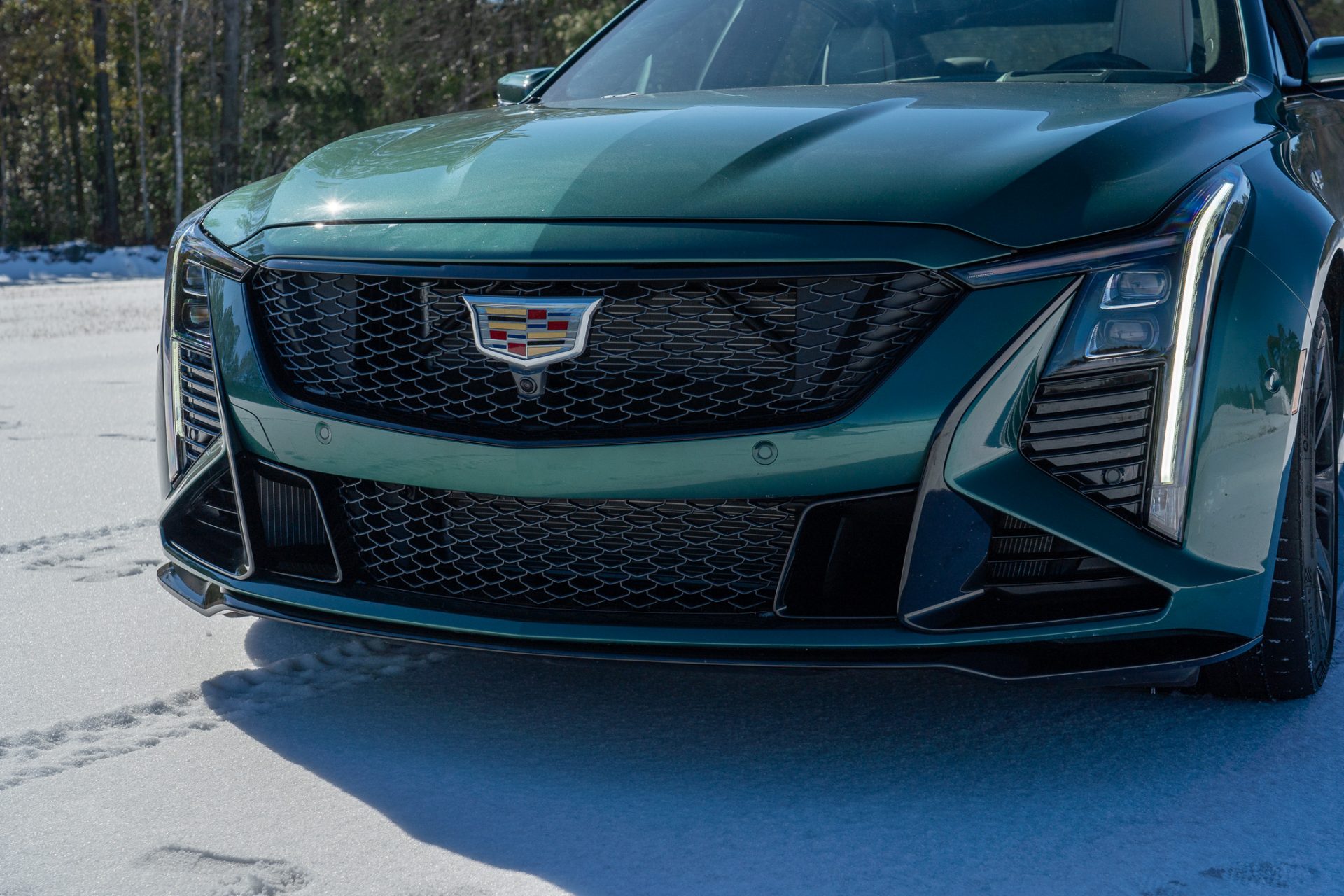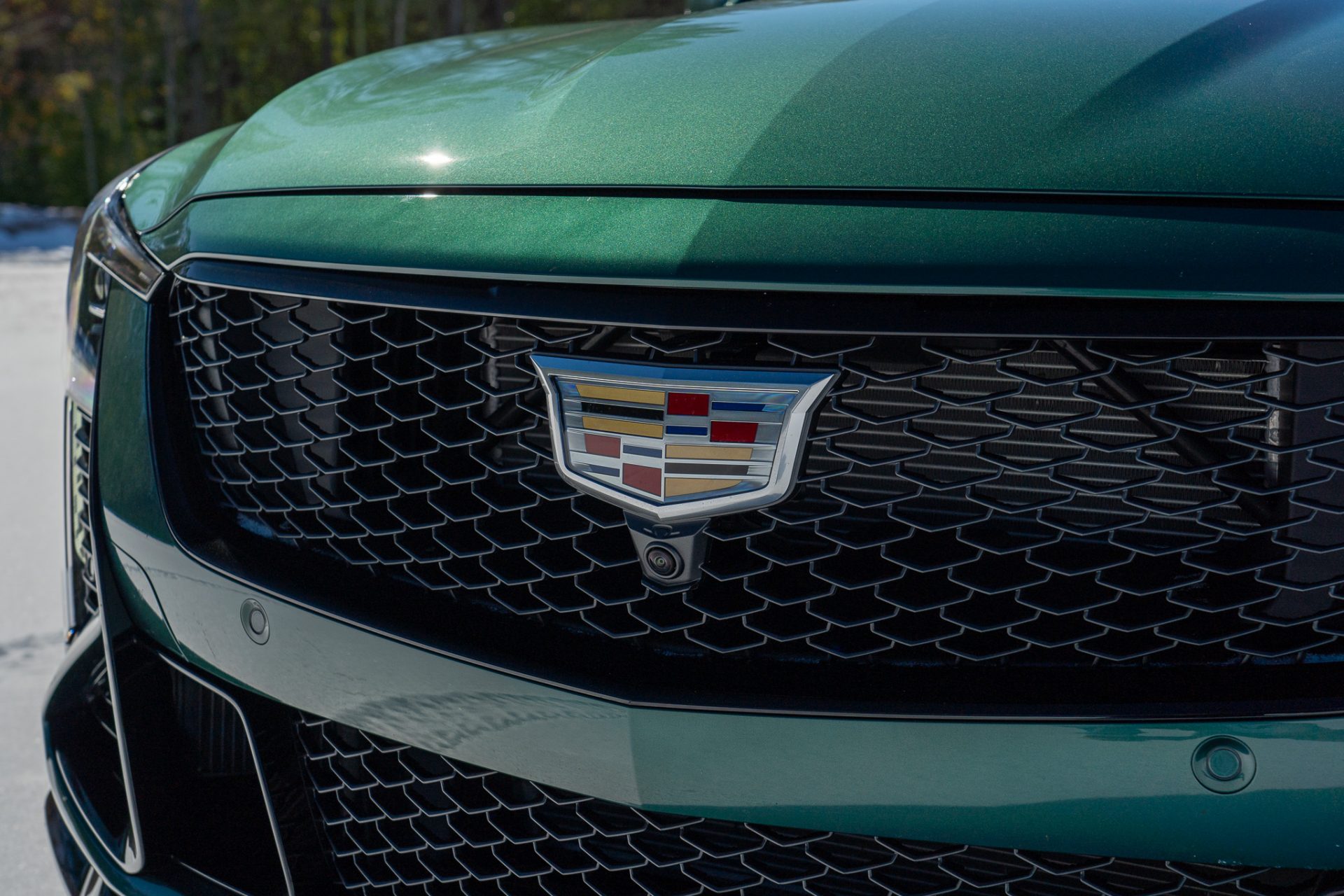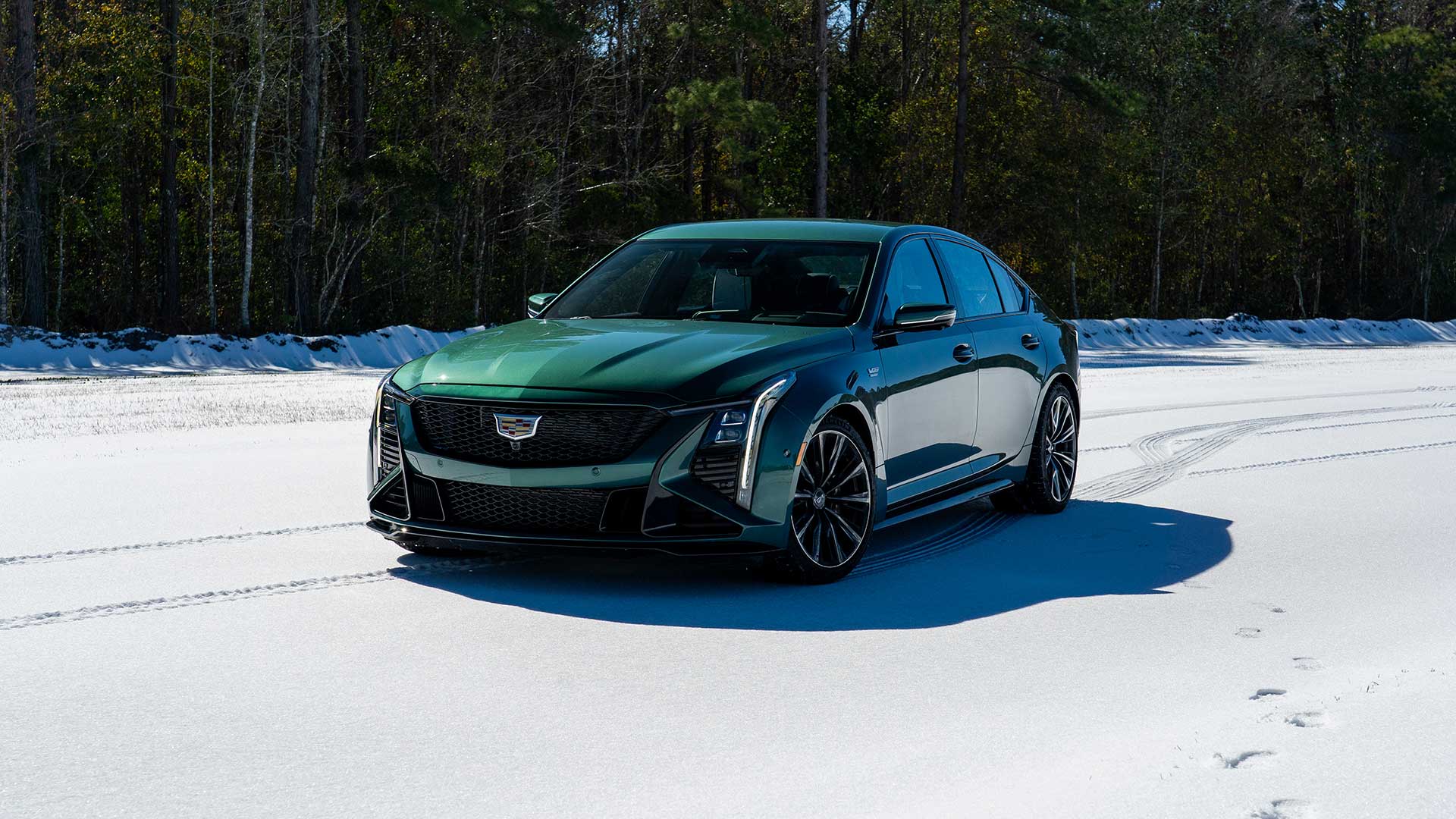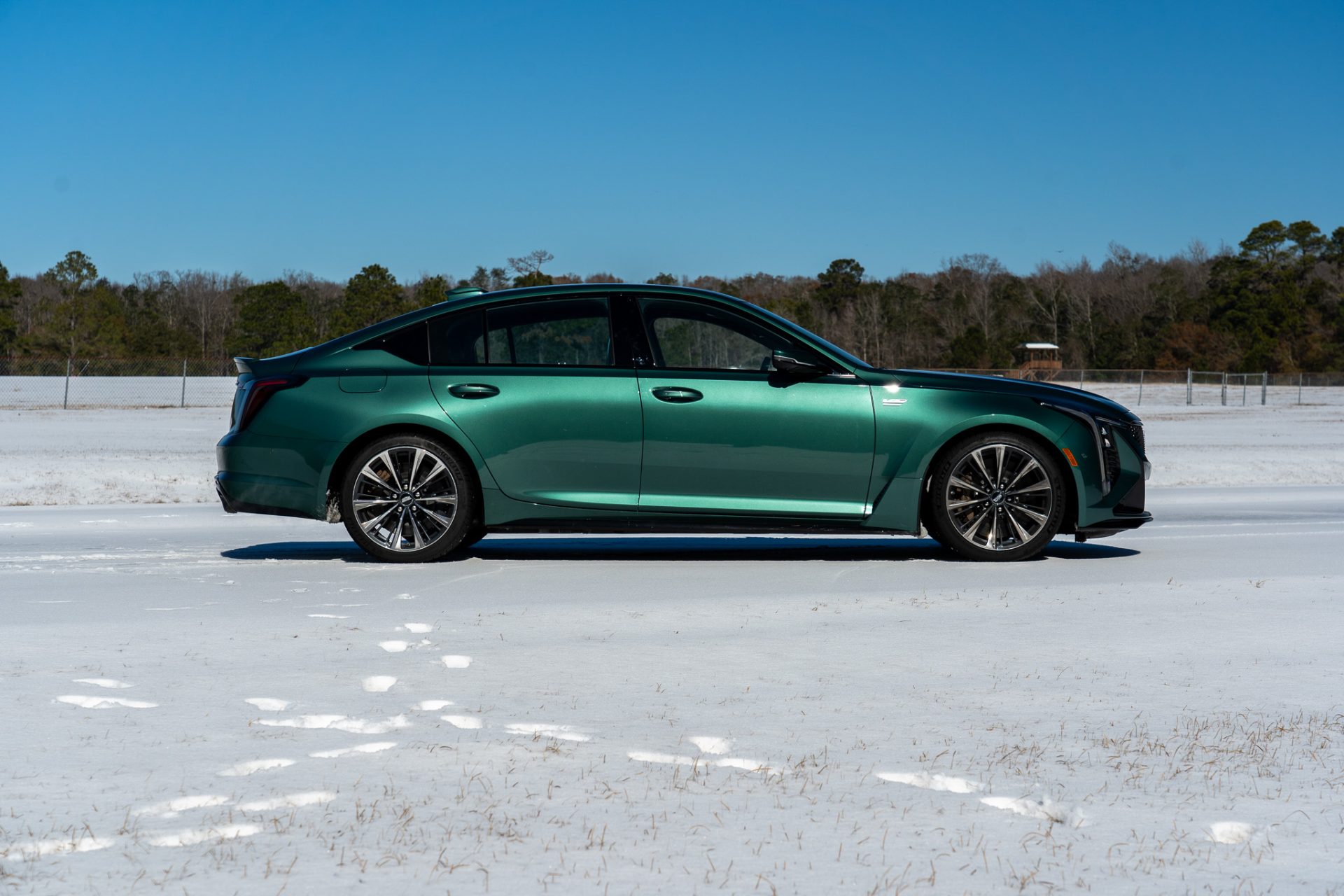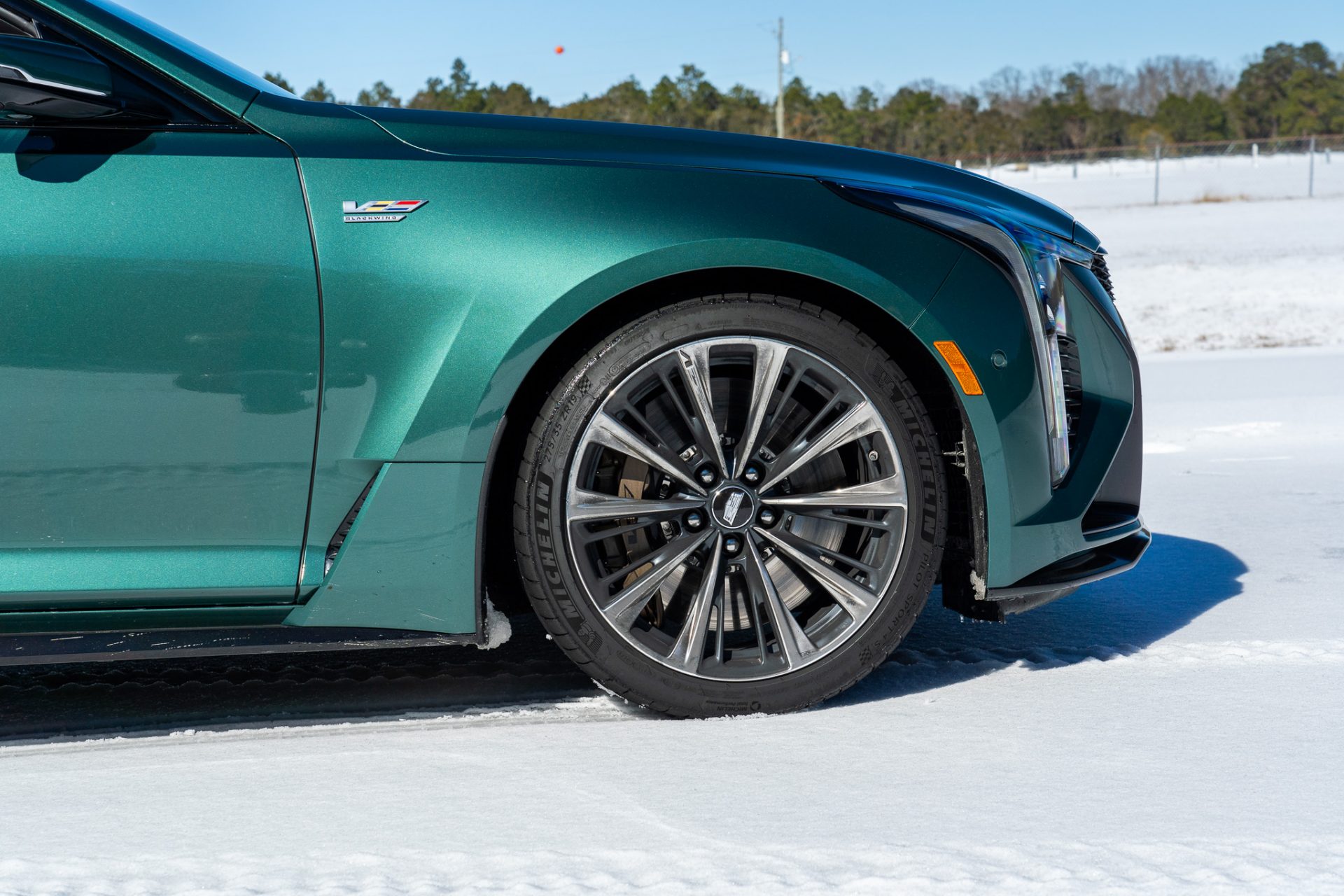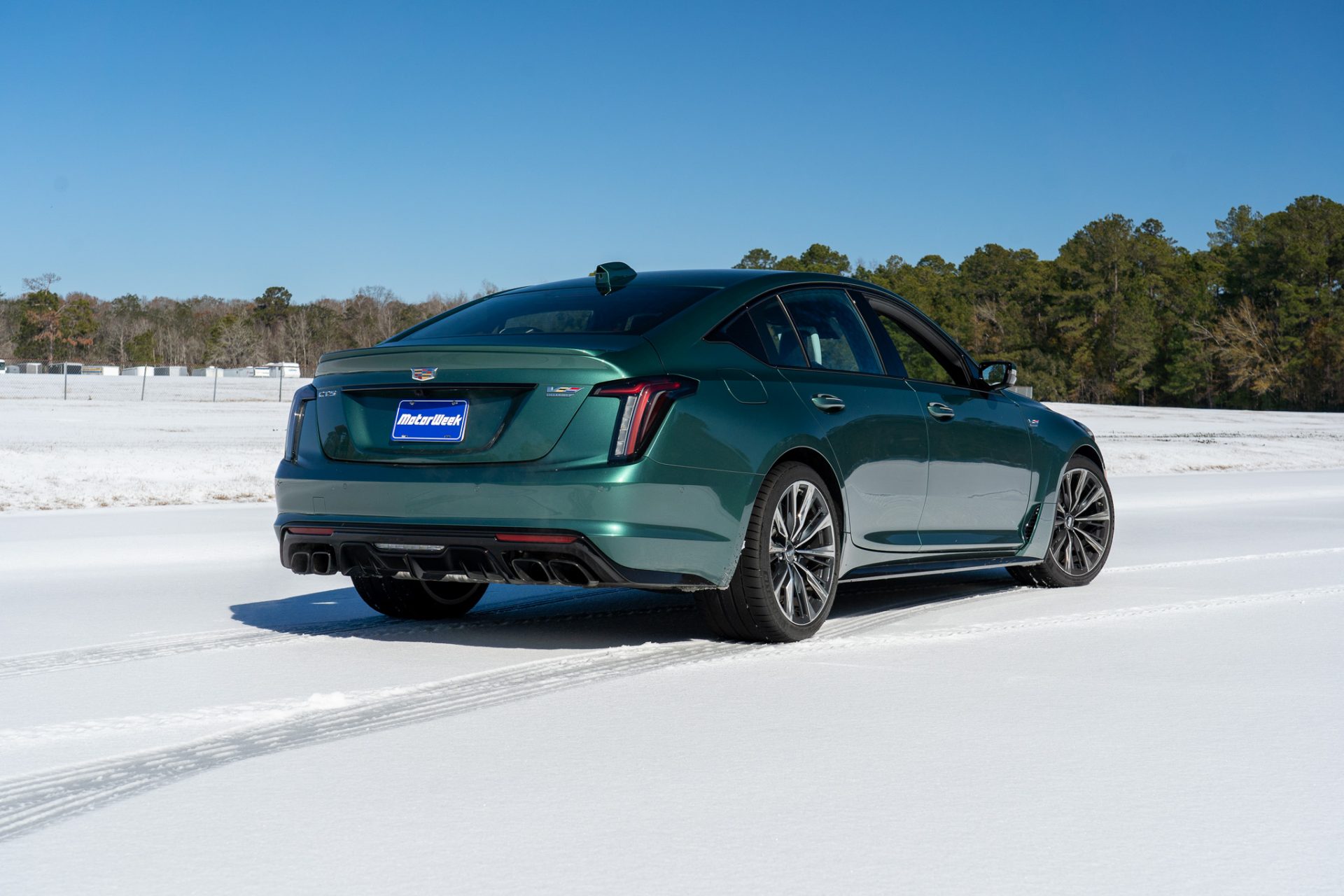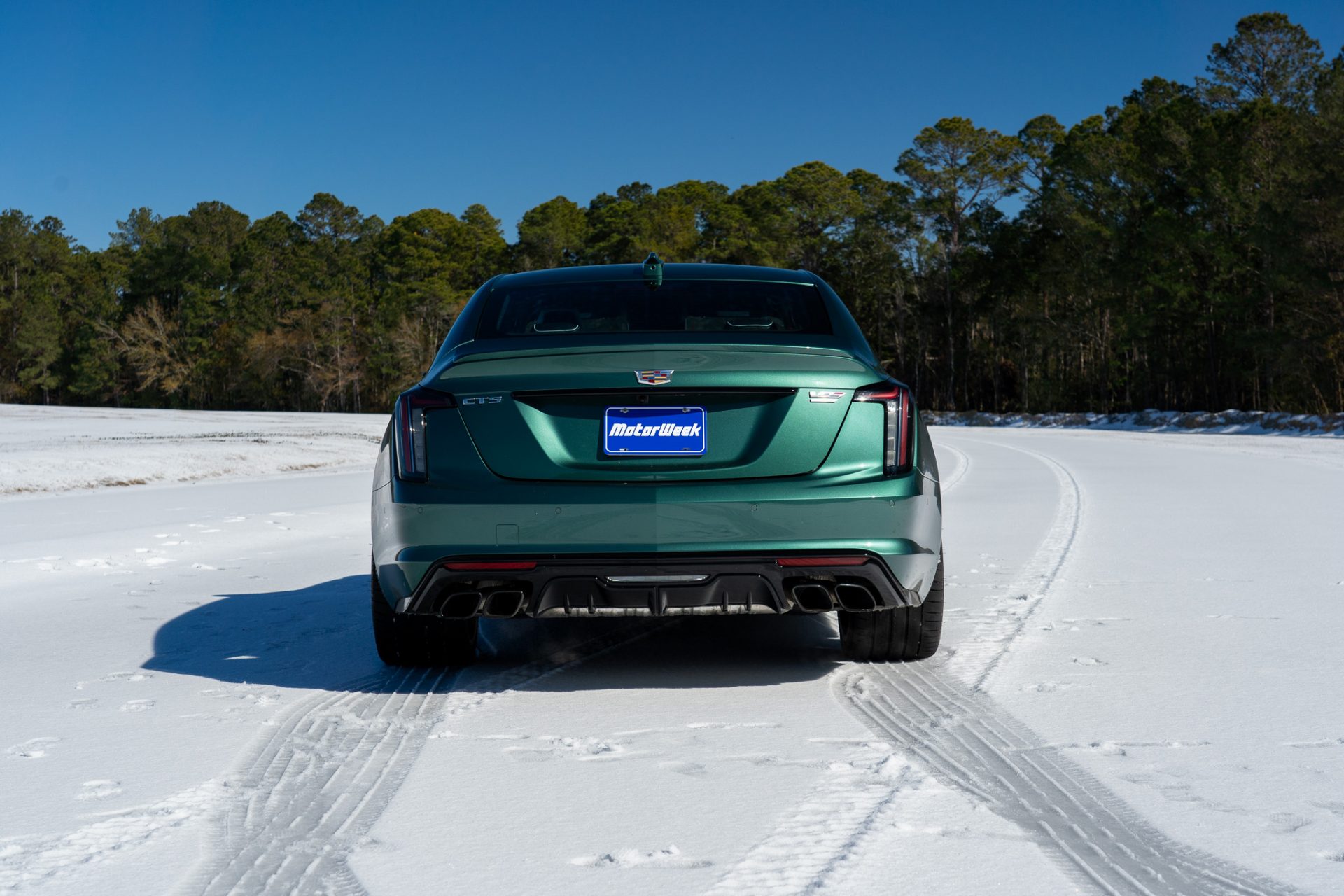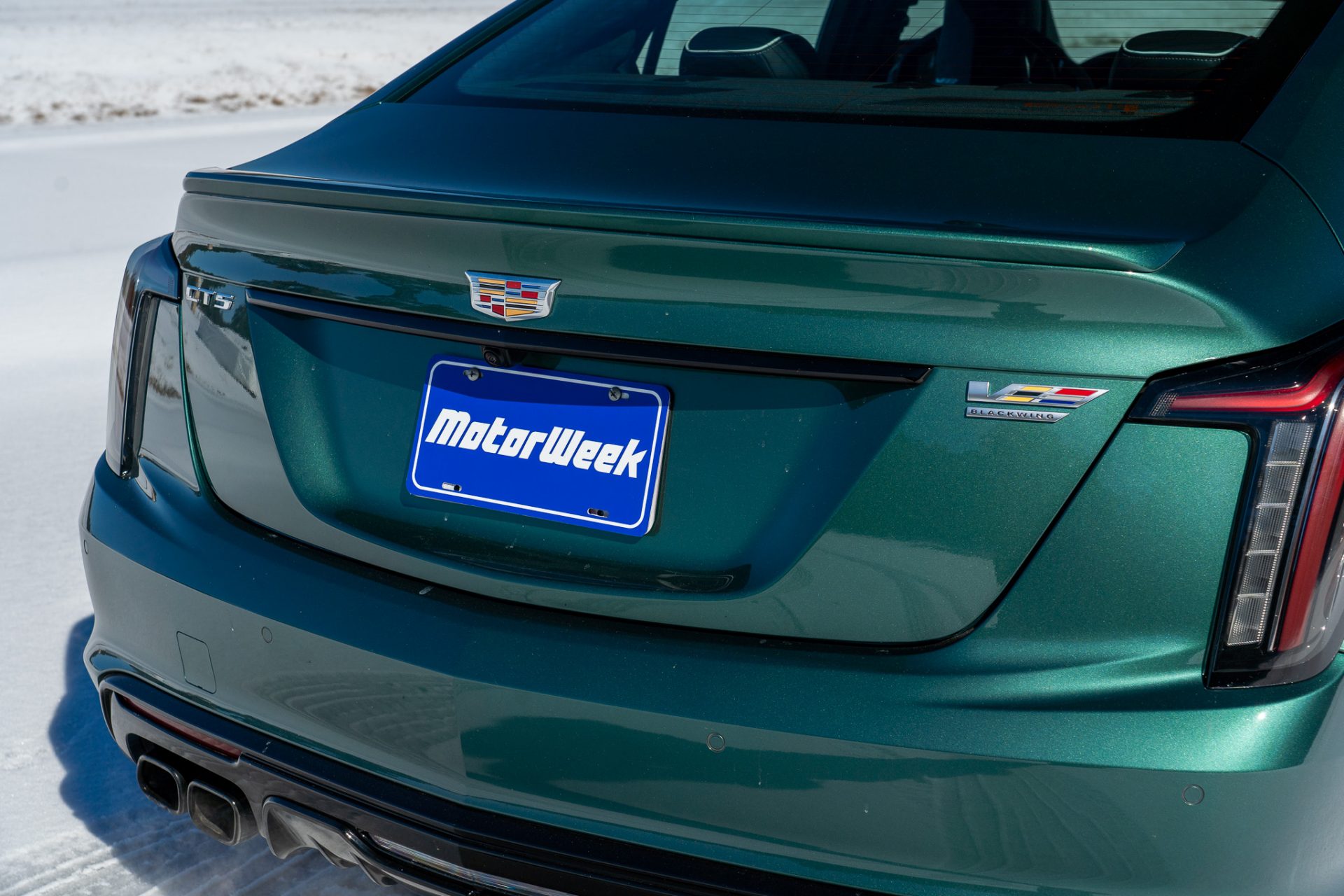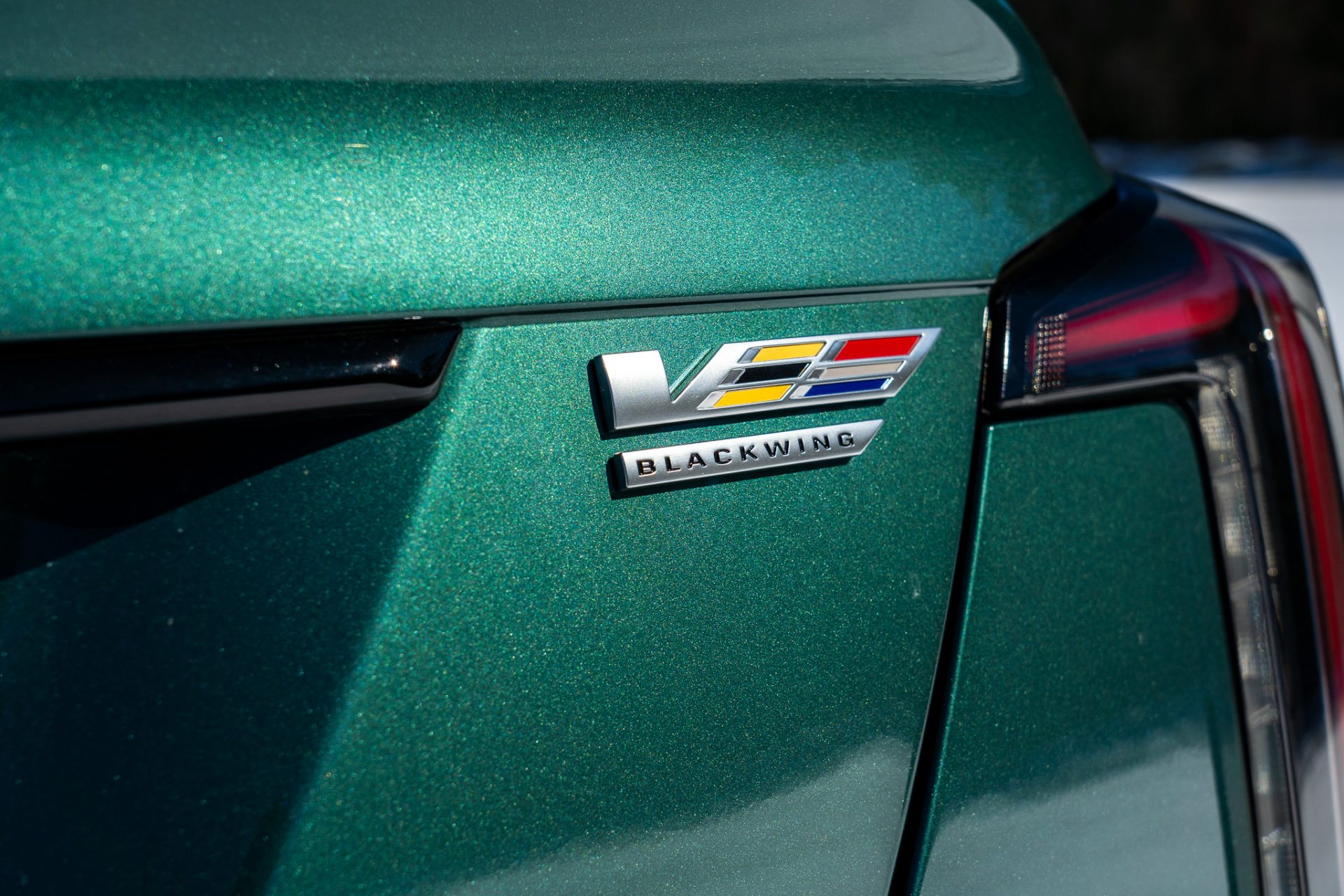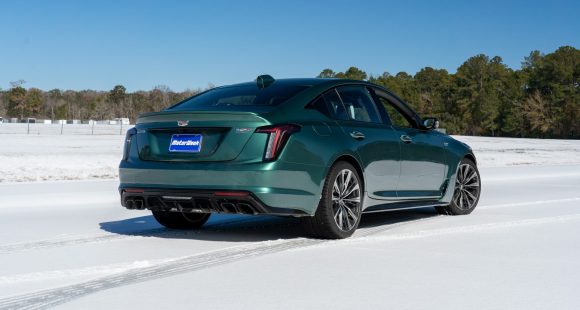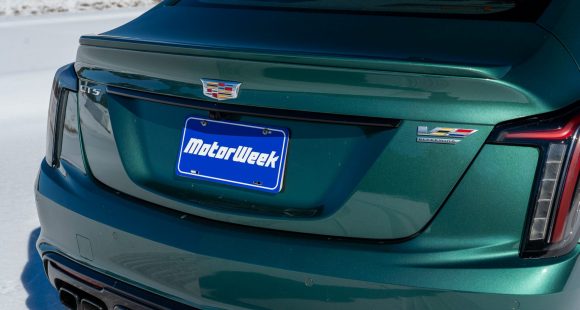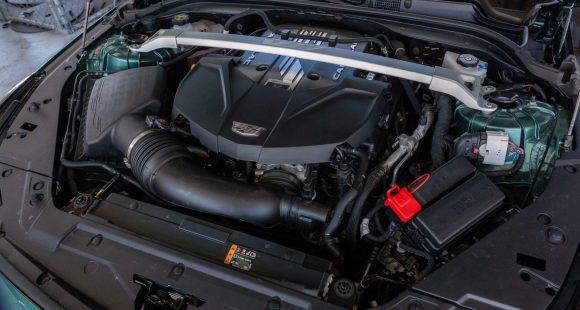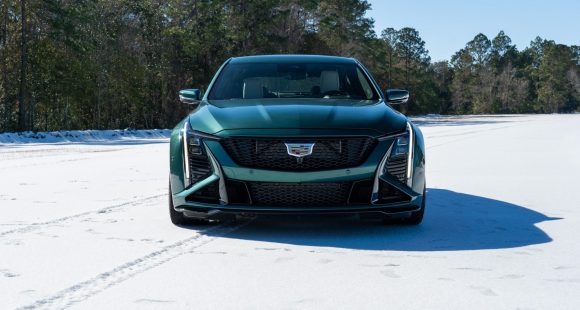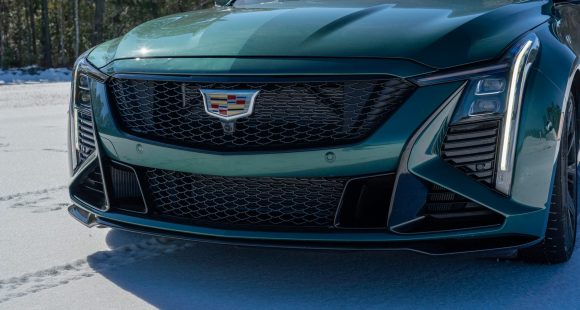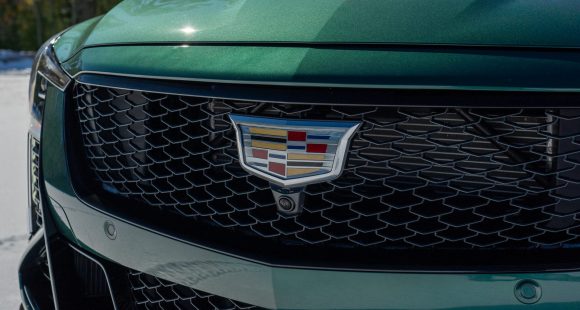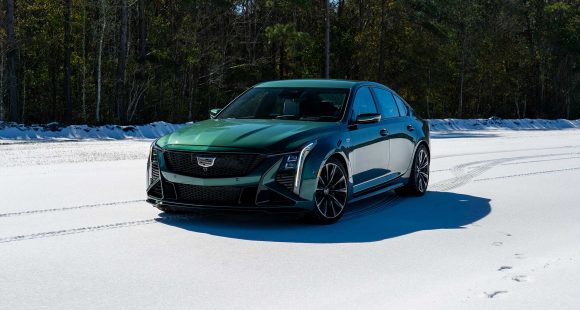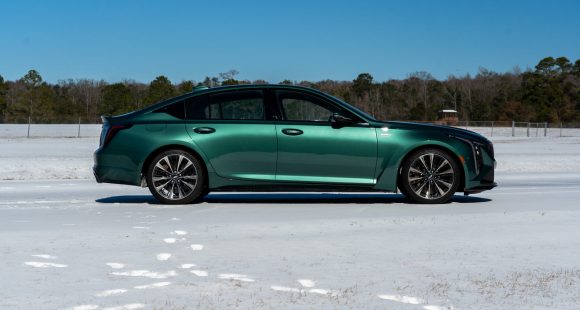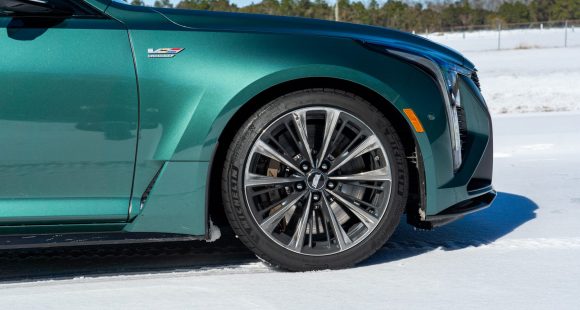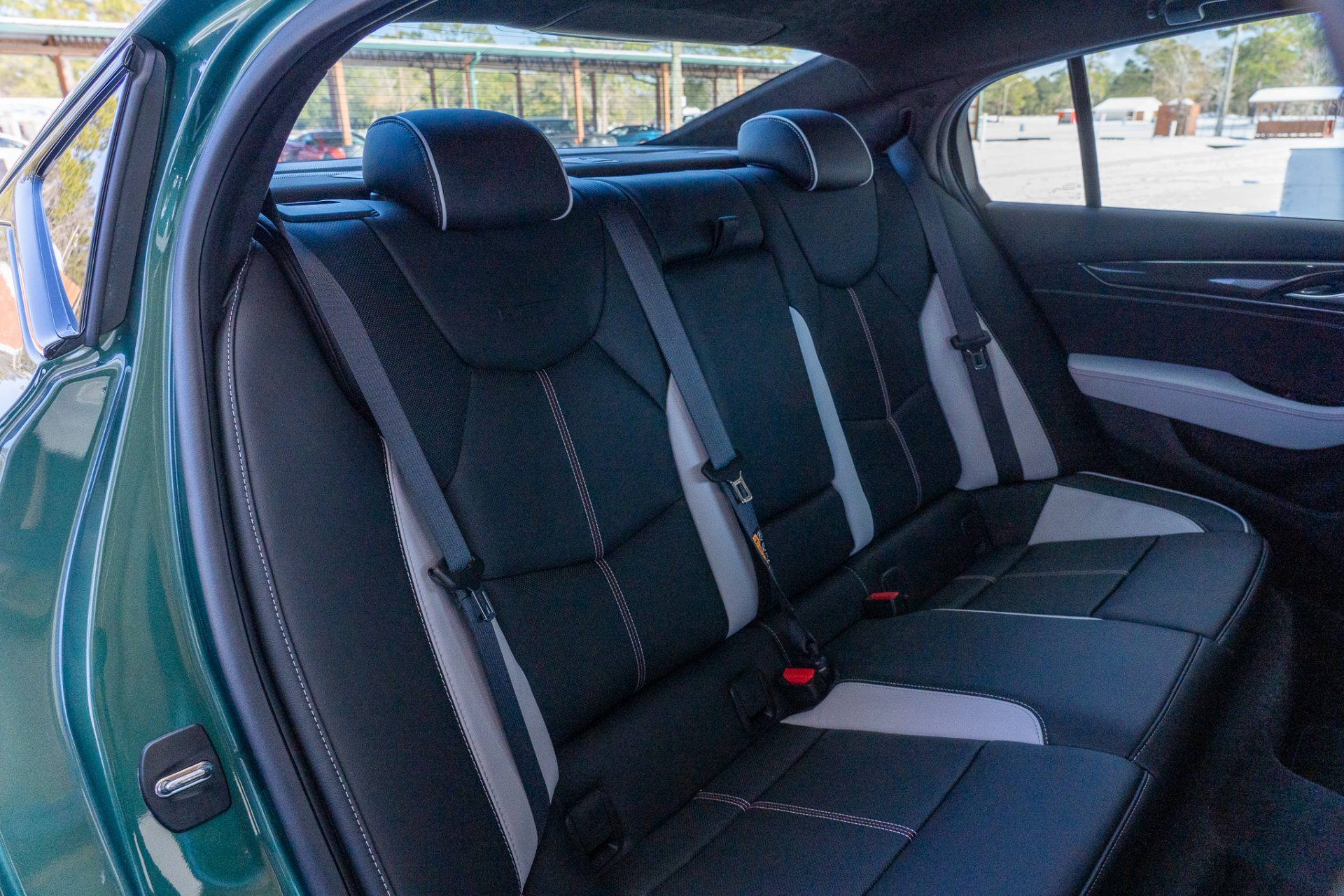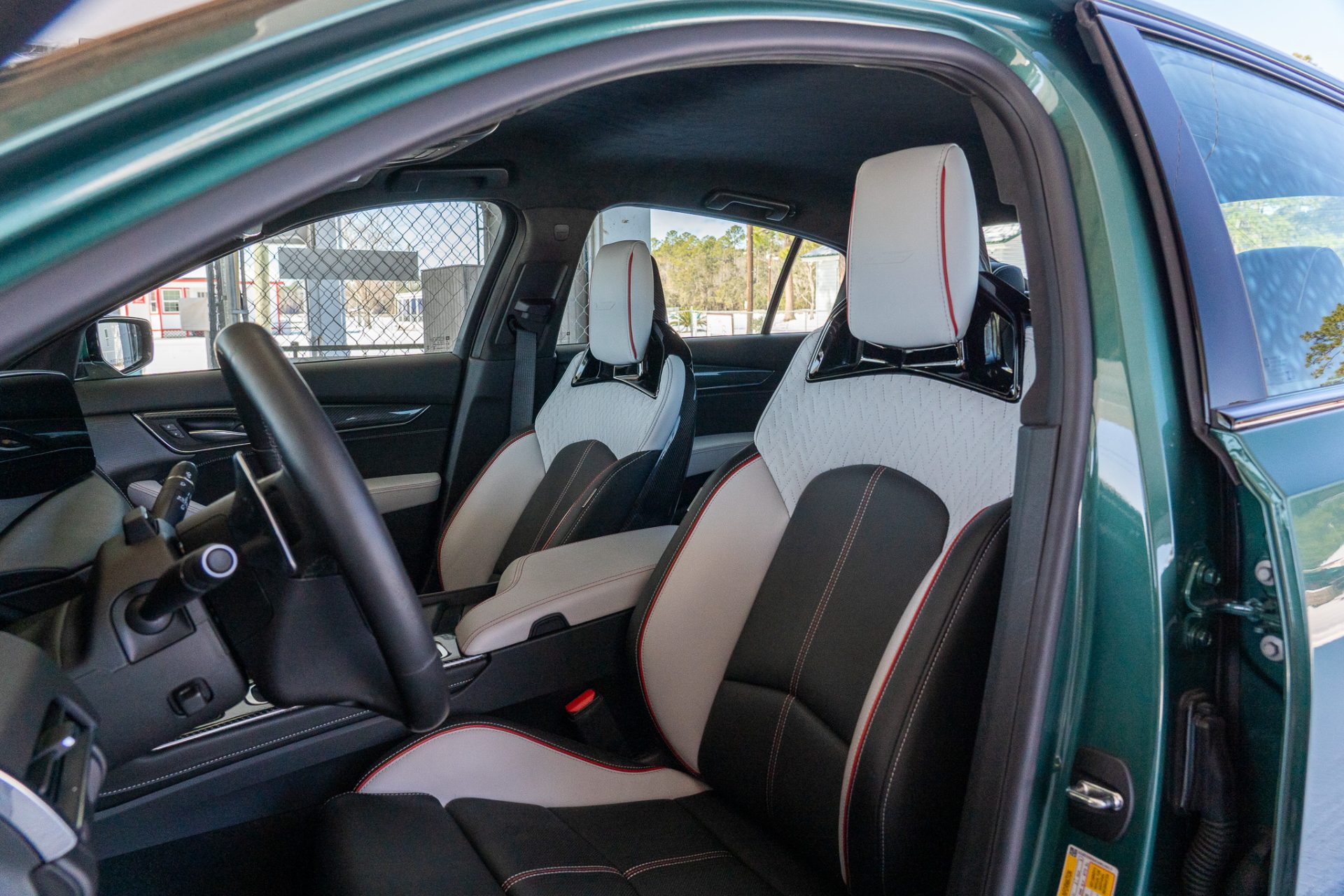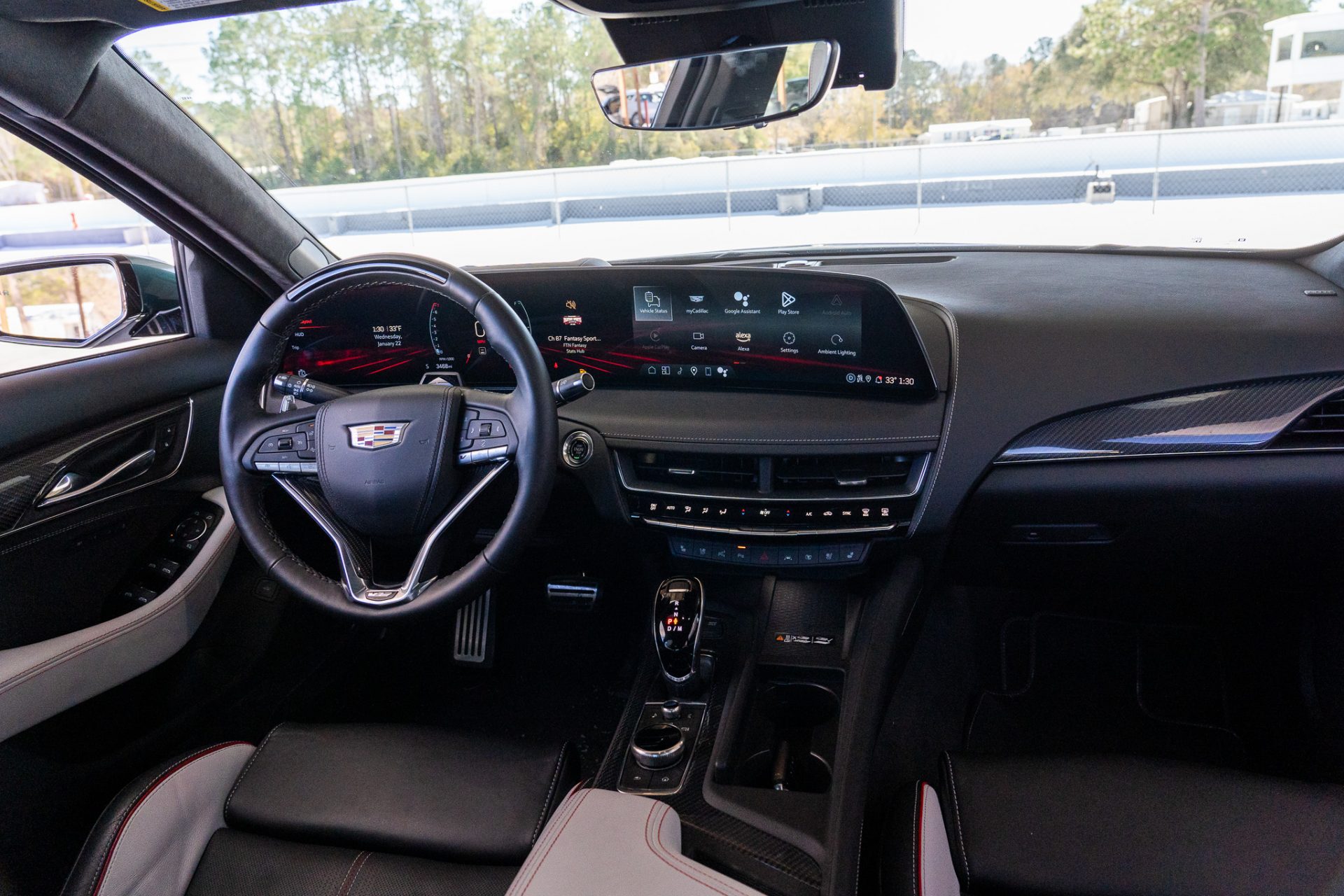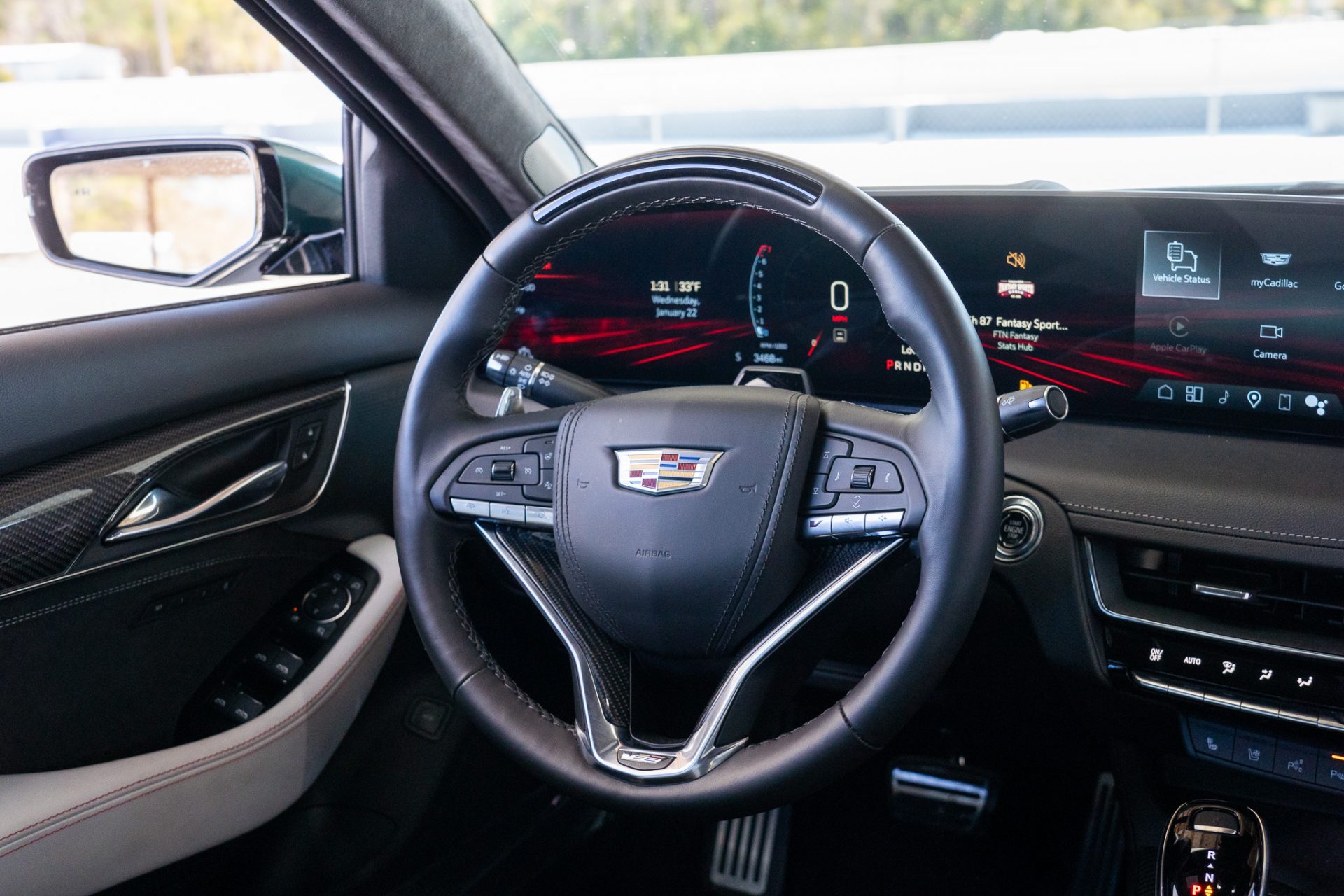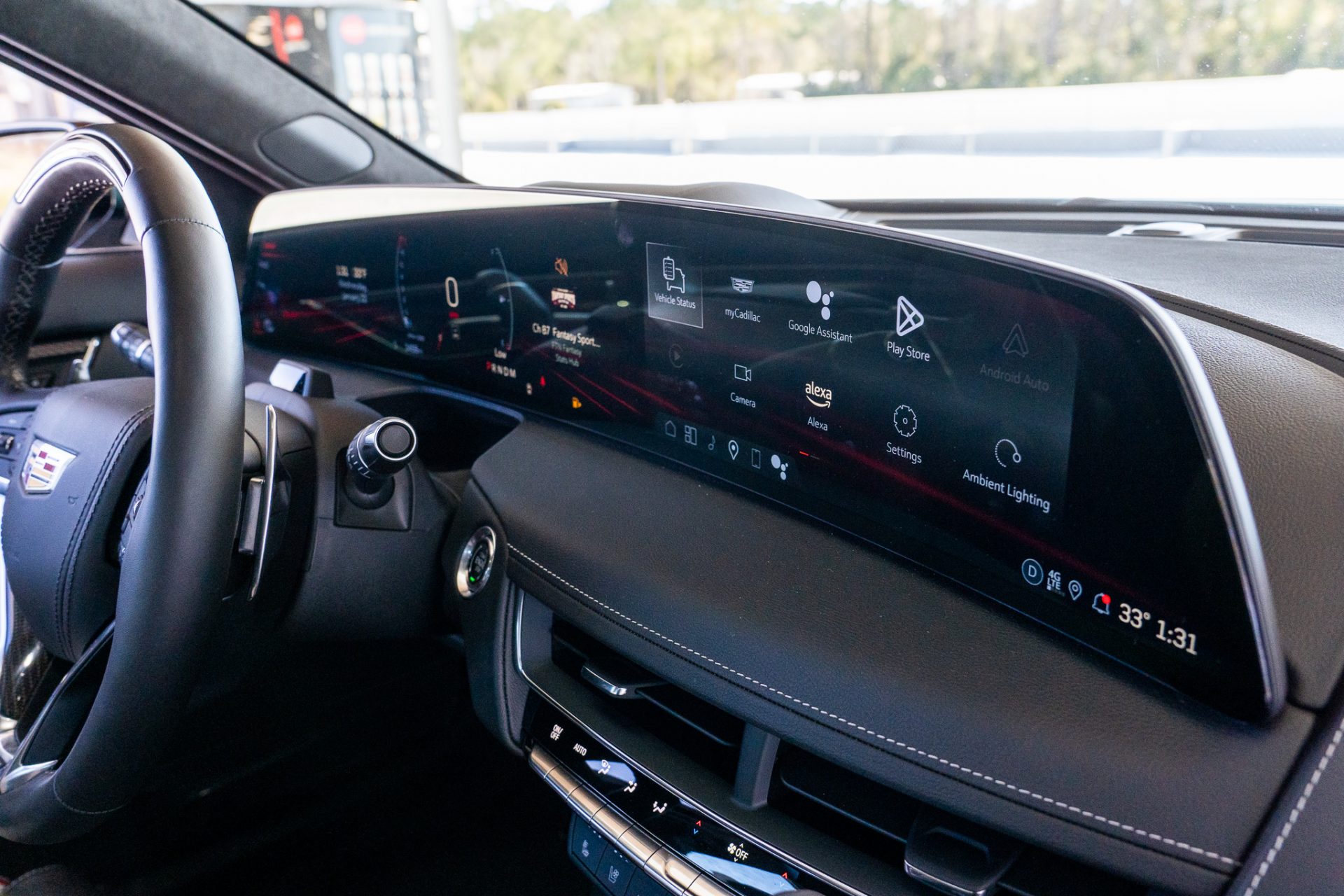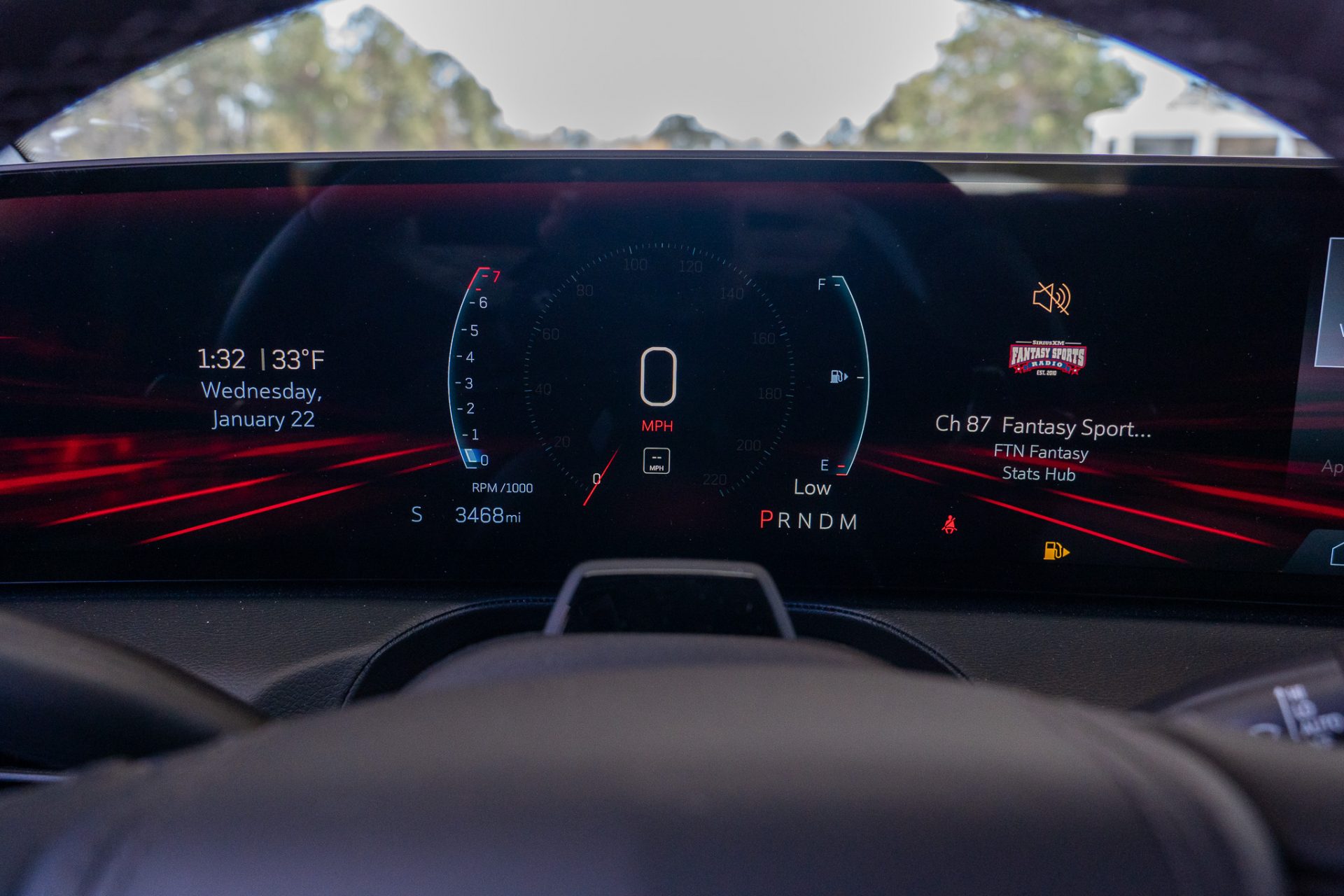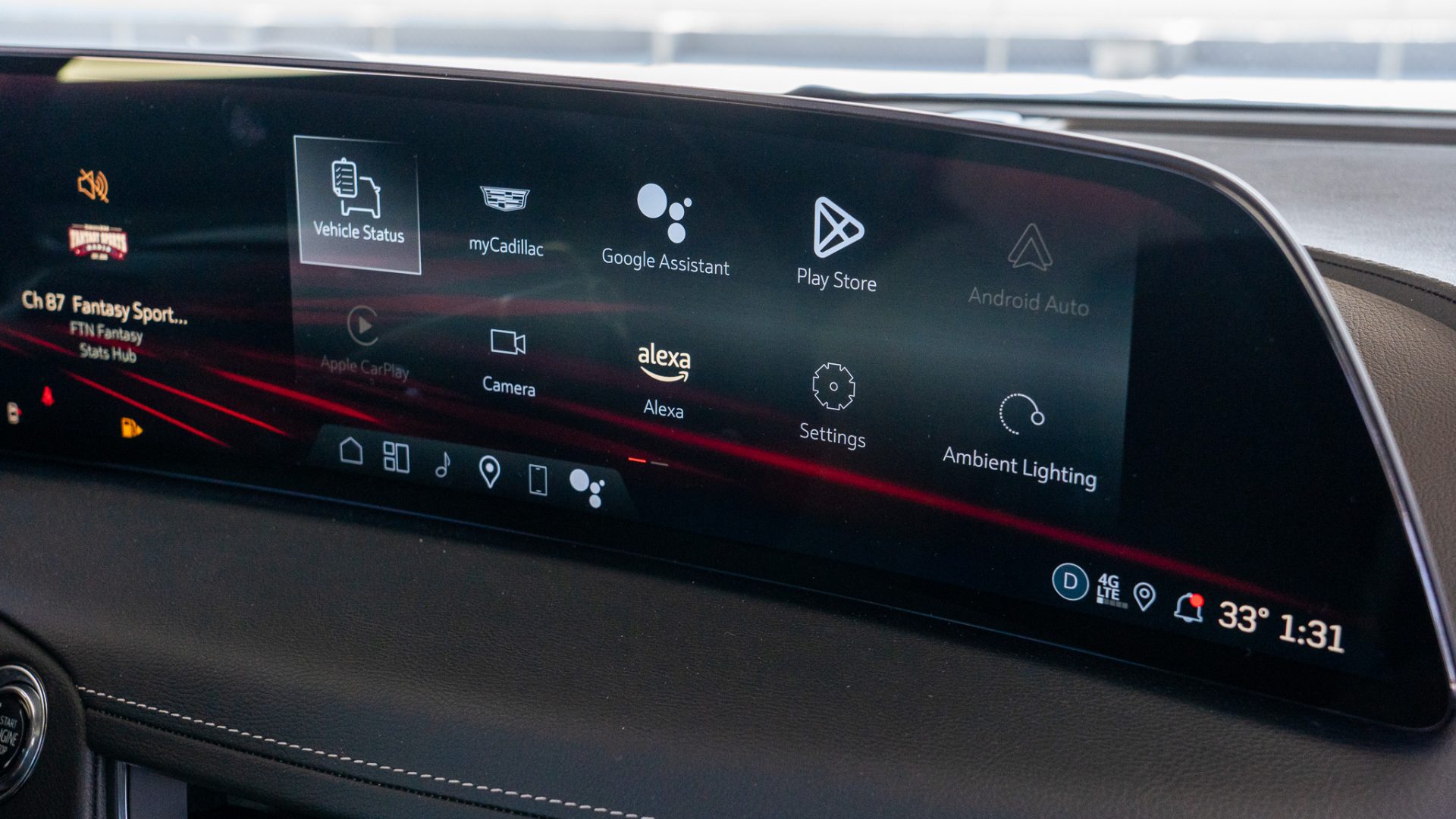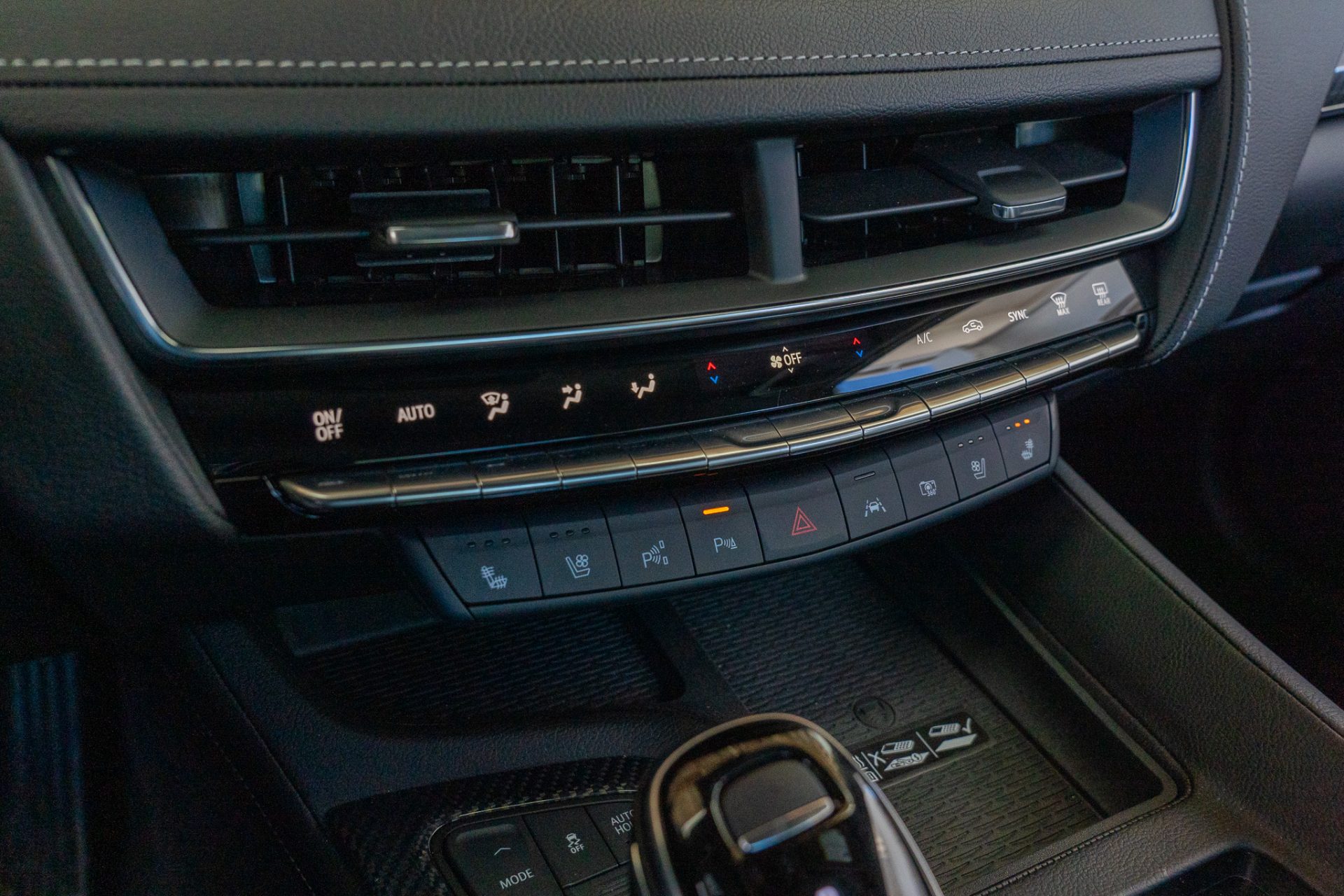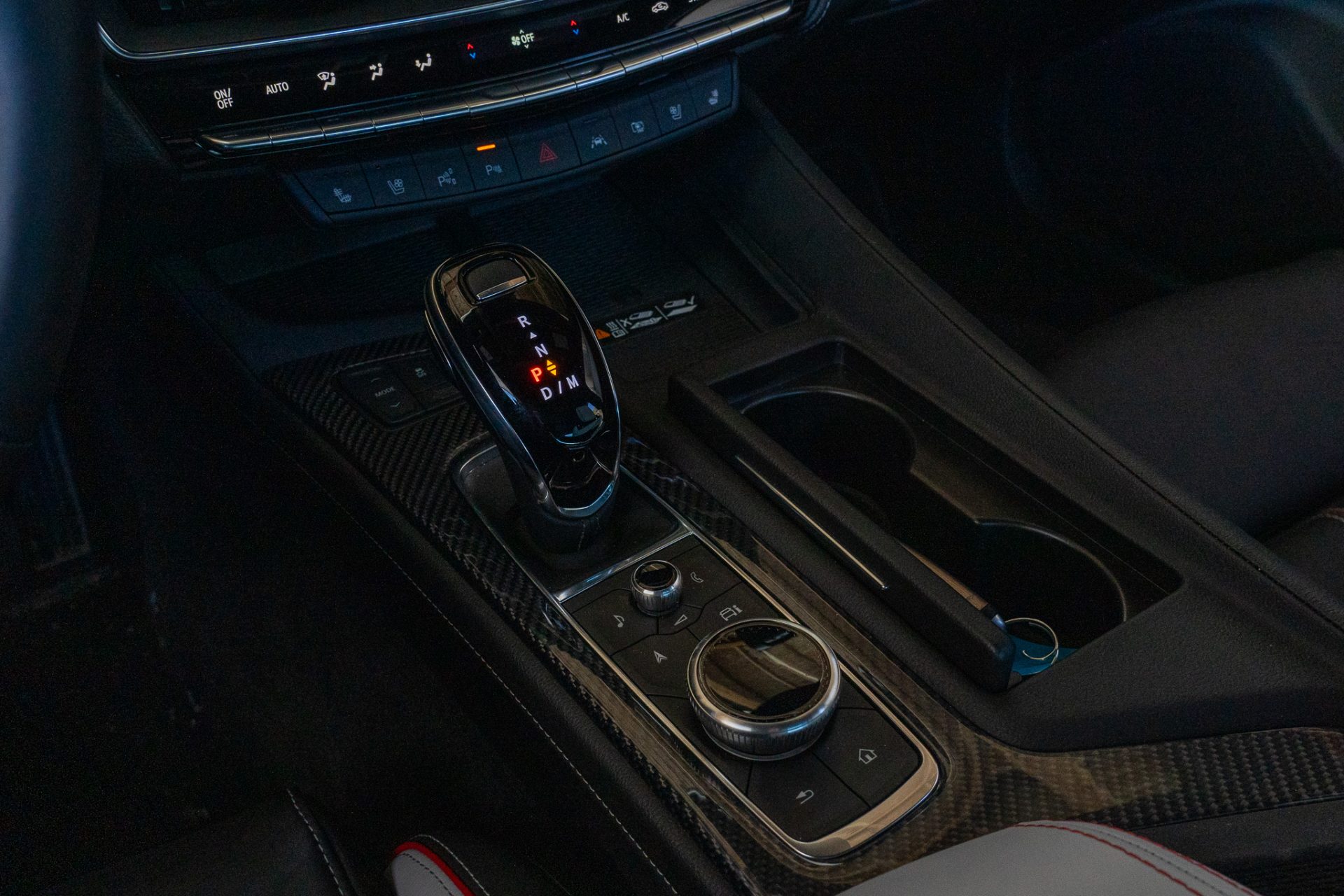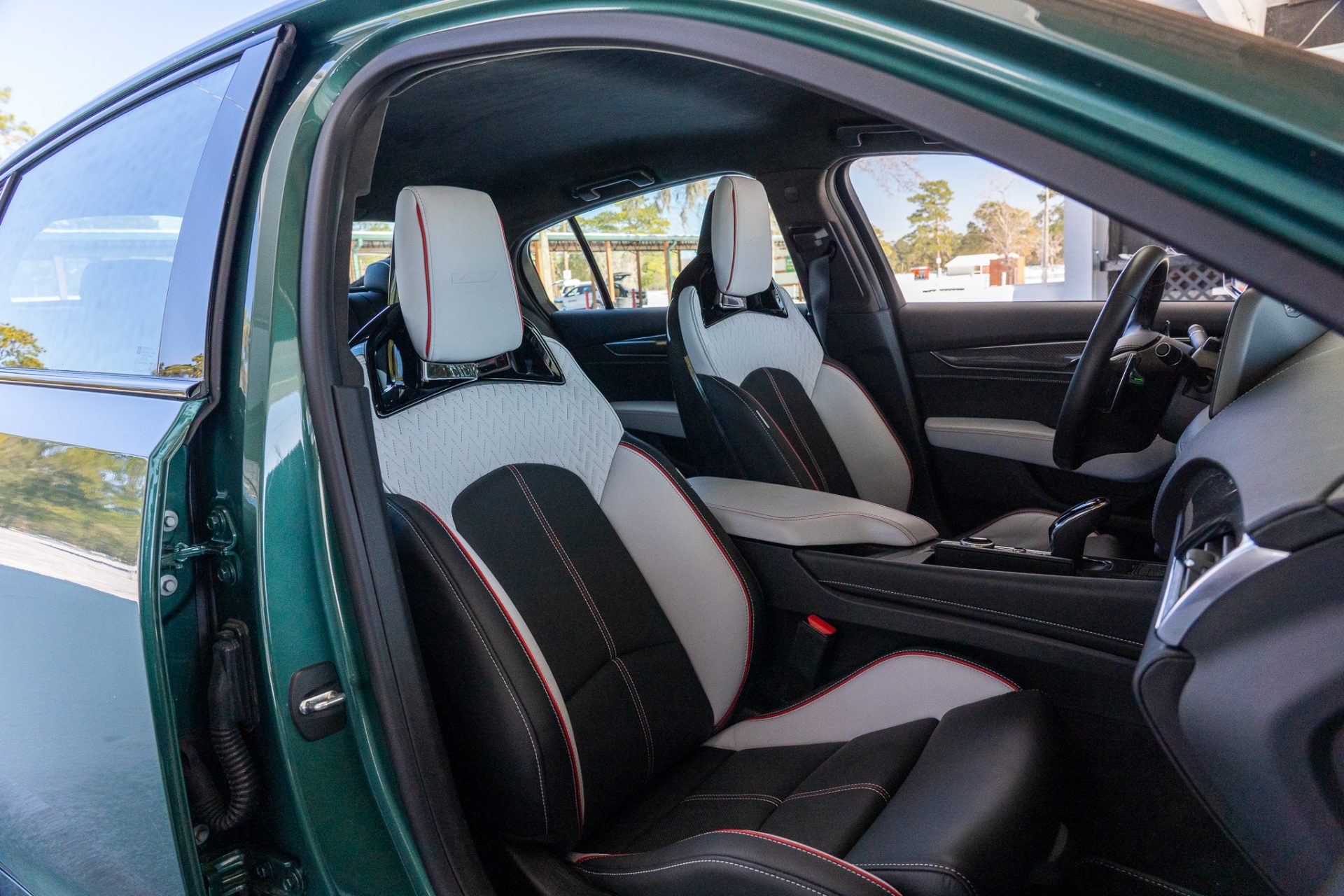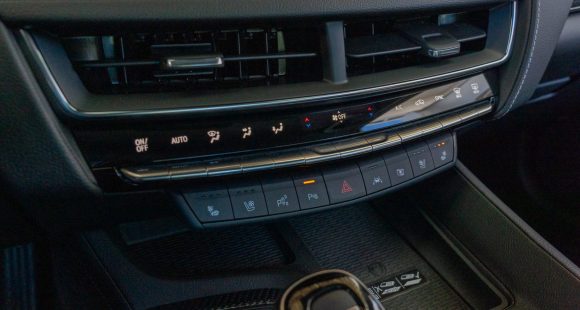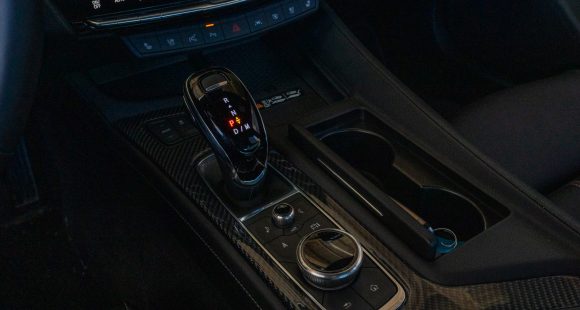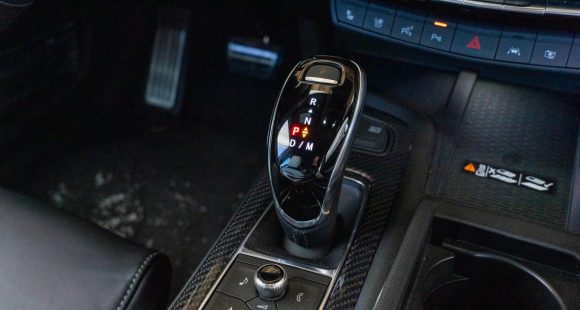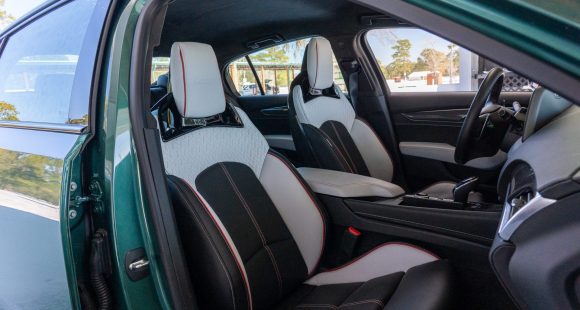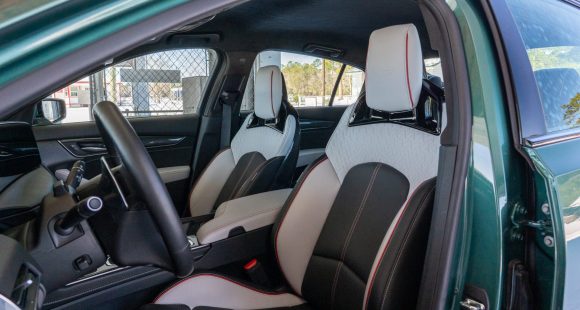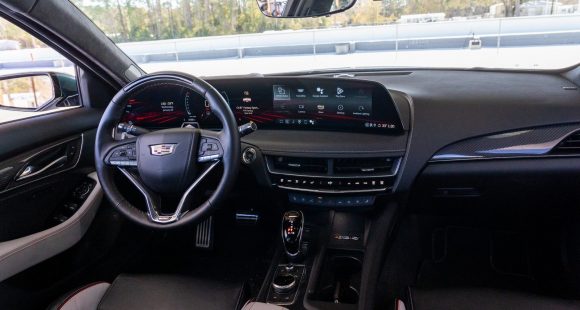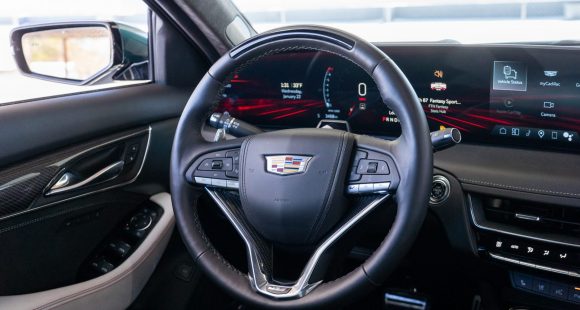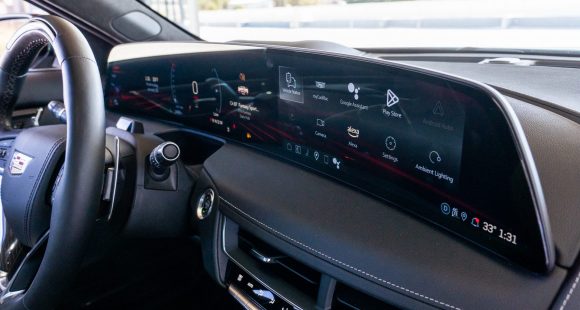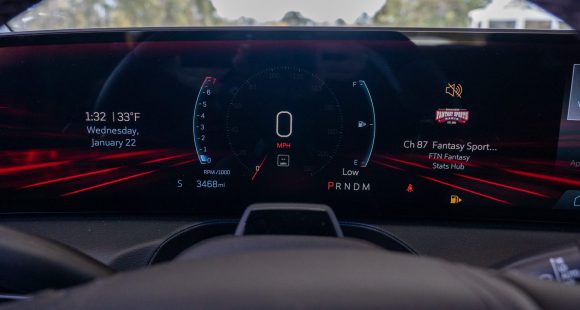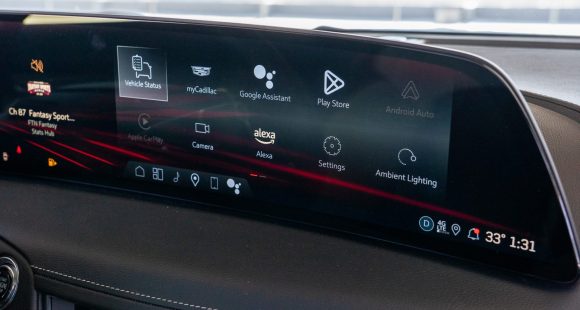2019 Jeep Cherokee
To say that the styling of the reborn 2014 Jeep Cherokee was polarizing is an understatement. Well for 20-19 Jeep has tried to bring the “love it” and “hate it” folks a little closer together, although technically, the latest Cherokee is just a mid-cycle refresher. Still, there’s much more going on than just a styling mea culpa.
As is often the case, while many reviewers and bloggers gave the car-based squint-eyed Jeep Cherokee a hard time, it has actually done very well for the brand. Even outlasting the Dodge Dart that it was based on, and more importantly bringing many new people into the brand as first-time Jeep owners. The 2019 edition looks to broaden that appeal even more, while also attempting to more endear itself to the Jeep faithful.
While there already was a choice when it came to the engine, either a 2.4-liter I4 or a 3.2-liter V6; Jeep has added another option into the mix, a 2.0-liter turbo that outputs 270-horsepower, just one less than the V6, and 295 lb-ft. of torque, 56 more than the 6.
 But even with that extra torque, it’s still the V6 that rates the highest towing capacity, at 4,500-lbs; very good for the segment. The 2.0-liter however, does feel incredibly powerful for a vehicle of this size, and indeed it has 80 more horsepower than you can get in a Honda CR-V.
But even with that extra torque, it’s still the V6 that rates the highest towing capacity, at 4,500-lbs; very good for the segment. The 2.0-liter however, does feel incredibly powerful for a vehicle of this size, and indeed it has 80 more horsepower than you can get in a Honda CR-V.
Like the rest of the engines, it works with a 9-speed automatic. But, unlike in earlier versions of Cherokee, the 9- speed is much smoother and more determined in shift points. It makes this Cherokee drive almost like a totally different vehicle.
And no other cute ute in its price class can hang with Cherokee when the pavement ends. There are even 3-different Active Drive 4X4 systems to choose from. Now, some may question the need for all of that, since most Cherokees will never set rubber on anything but asphalt; but it’s a Jeep thing, and Jeep wants to make sure that is indeed still a thing. Opt for the Trailhawk, and its 1-inch of lift, if that is truly your thing as well.
Chief among the updated styling elements is a new front end that falls more in line with Jeep’s upright and conservative past. A new hood as well; and of course updated lighting. There are also some new wheel options, and even better, a lighter liftgate with hands free operation.
 The cargo area has been reconfigured a bit. Space is up to 27.6 cubic-ft. from 24.6; max capacity with seatbacks folded stays about the same, at 54.7.
The cargo area has been reconfigured a bit. Space is up to 27.6 cubic-ft. from 24.6; max capacity with seatbacks folded stays about the same, at 54.7.
There’s some upgraded interior trim up front; as well as some new color choices, and the latest version of UConnect.
As for what the new 2.0-liter adds to your get-up-and-go, well it gets to 60 in 6.7-seconds. Not screaming fast, but quick for a utility; and about ½ a second quicker than what you’d expect to get from the V6.
Good snap off the line, great traction, and spirited punch from the boosted 4-banger, which likes to rev up quickly. It sounds eager and sporty as well, while the 9-speed clicks through gears comfortably but directly. The ¼-mile ends in 15.2-seconds at 90 miles-per-hour.
No major changes to the suspension, but we had high hopes that a little less engine weight over the front wheels, would work some magic on the handling side.
 Well, no magic; steering is still slow and understeer present. But, grip is very solid and body sway minimal for its class.
Well, no magic; steering is still slow and understeer present. But, grip is very solid and body sway minimal for its class.
Government Fuel Economy Ratings for the 2.0-liter with four-wheel-drive are 21-City, 29-Highway, and 24-Combined; though Premium is recommended. That makes for an average Energy Impact Score; using 13.7-barrels of oil yearly, with C02 emissions of 6.1-tons.
Pricing starts at $26,935 for front-wheel-drive, which is a considerable step up from our ‘14’s base price of around $24,000; though that entry level Sport model is no more; leaving the much better equipped Latitude as the new base model. All-wheel-drive adds another $1,500, and things top out with Overland trim at $37,470.
Old style, new style, doesn’t really matter; the 2019 Jeep Cherokee is a wildly popular utility that seems to be attracting both compact as well as midsize buyers due to all of its capabilities. The skin may now be a bit less controversial, but the Cherokee is one adventure vehicle that harkens back to what SUVs were all about from the beginning; go anywhere vehicles that you can live with day in and day out.
Specifications
- Engine: 2.0 liter
- Horsepower: 270
- Torque: 295 lb-ft.
- 0-60 mph: 6.7 seconds
- 1/4 mile: 15.2 seconds @ 90 mph
- EPA: 21 mpg city / 29 mpg highway
- Energy Impact: 13.7 barrels of oil/yr
- CO2 Emissions: 6.1 tons/yr
2025 Rivian R1S
Major Reboot for Rivian R1S
With just about every mainstream carmaker now onboard with battery-electric vehicles, EV-only brands are hoping there are still plenty of people out there willing to think outside the box. So, let’s see if Rivians latest R1S utility can make the case for taking the EV road less traveled.
Big changes have happened in the short time since the Rivian R1S first hit the streets three years ago. As for 2025, there are updates that touch just about every aspect of the vehicle. Yes, despite looking almost exactly the same outside, Rivian claims that beneath the surface, their entire electrical architecture has been significantly updated, eliminating a whopping mile and a half of wiring and 10 computer assemblies, allowing for more efficient operation.
But look closely and you will see their signature vertical oval headlights are updated with a new matrix of LED lights that can cycle individual elements on and off to provide maximum illumination where you need it without distracting oncoming drivers.
Not much change in the look of the interior either, but the synthetic leather upholstery is still very nicely done, though most touchpoints feel more rugged than luxury minded. With the exception of a couple controls on the steering wheel, you do still have to do almost everything on the R1S’s 15.6-inch touchscreen, but the user interface has been improved. So, while we do wish they could have reverse-engineered a knob or two into the mix, we realize full touchscreen interface is just what people expect in their high-end EVs these days, and at least it works better than before. And the gauge display still wows you with the amount of information it displays and is mounted high enough that no additional head-up display is needed. A new Rivian Autonomy Platform uses 11 cameras, five radars and A.I. for self-driving, or just to monitor what’s going on around the vehicle even when it’s parked.
This [EV] really feels fast, sitting you up high and throwing you back in your seat with authority.
Rivian has also given the R1S a substantial suspension revision with new spring rates, bushings, and mounts; along with new tuning for the adaptive dampers and roll-mitigation system. It does provide a more balanced street attitude, but it still rides like a truck. That’s great if that’s the experience you’re looking for; not as ideal if you’re looking for more of the smooth luxury-style treatment.
All R1Ss are all-wheel drive, but there’s a wide variety of powertrain options including a new Tri-Motor setup. Outputs range from the standard Dual-Motor’s 533 horsepower to the Quad-Motor’s impressive 1,025. There are several battery packs as well, delivering as much as 410 miles of range, giving the R1S the highest rating of any SUV on the market right now. Our Adventure trimmed tester featured the 665-horsepower Performance version of the Dual-Motor arrangement, with the Max battery and 20-inch wheels with all-terrain tires.
Theoretically, that setup is rated for 370 miles, but perhaps we were enjoying the “performance” theme too much as our results were well short of that, using 68% of the battery to drive only 189 miles, putting our estimated range around 278 miles. Using 43 kilowatts of electricity for every 100 miles earns the R1S a fair efficiency rating.
But all was forgiven at our Mason Dixon test track when this Rivian started blasting us to 60 in 3.8 seconds. Yes, there are faster EVs, but this one really feels fast, sitting you up high and throwing you back in your seat with authority, while the rear of the truck squats down substantially before hurling you off the line and down the track. Power delivery stayed strong the entire time, cranking away until we cleared the quarter-mile in 10.5 seconds at 108 mph.
Despite this utility’s substantial size and weight, we were able to keep a pretty fast pace through the cones of our handling course. The all-terrain tires obviously didn’t grip the pavement as well as all-seasons would, but the low center of gravity kept things very flat. Yes, it does feel very heavy, but the brakes were more than up to the task, stopping us from 60 mph in a very short 103 feet with surprisingly little nosedive and no fade.
Pricing starts at $77,700 for the Dual-Motor with Standard battery pack; our Dual-Motor Performance with the Max battery and All-Terrain Package came in just over $102,000.
While Rivian has had great initial success; sustaining that success will be a much tougher task. But, if they continue to put as much effort into improving their products as they have here with the 2025 R1S, we think their winning streak will only accelerate.
Specifications
As Tested
- Motor Setup: Dual Motor
- Battery Size: 141.5 kWh
- Horsepower: 665
- Torque: 829 lb-ft
- EPA Range: 370 miles
- 0-60 mph: 3.8 seconds
- 1/4 Mile: 10.5 seconds at 108 mph
- Braking, 60-0 (avg): 103 feet
- MW Test Loop: ~278 miles
2025 Cadillac CT5-V Blackwing
Bangin’ Corvette Disguised As Old Man’s Luxury Sedan
It was just 3 years ago that we stormed around the nine highspeed turns of Savannah’s Roebling Road Raceway in the then-new Cadillac CT5-V Blackwing. We loved everything about that remarkable beast of a sport sedan. Well since then, Cadillac has made the big boy Blackwing even better! So, we’re headed back to Roebling to check it out.
Roebling Road Raceway is a high-speed track that suffers no pretenders, and this 2025 Cadillac CT5-V Blackwing gets around about as fast as any exotic hardware we’ve tested here; certainly, faster than anything else you can comfortably haul a foursome to the country club for 18 holes in, and it sounds wicked while doing it.
Media types love to hype “last of the breed” scenarios, and when this Beast from the Midwest rolled onto the scene for 2021, there were many predictions it would be the “last great V8 sedan.” Well, we’re not into doomsday predictions or prepping for that matter, we’re into enjoying every car as much as we can whenever we can, and the CT5-V Blackwing seems to be of like mindset, feeling right at home both overpowering Roebling’s corners and streaking wide open down its long front straight. It’s hard not to enjoy the ridiculousness of it all, as that raucous V8 is sounding NASCAR, but the car is feeling much more like a world-class sport sedan.
It’s a Corvette motor, something that goes all the way back to the original Cadillac CTS-V from 2004. Things got serious in ‘09 when it starting making well over 500 horsepower and breaking Nürburgring records. Fast forward to now and the CT5-V Blackwing’s hand crafted and supercharged 6.2-liter roars to life in a way that seems to overpromise, but when you tap into its 668 horsepower and 659 lb-ft of torque, you quickly realize it can back it up. If, for some reason, it’s too much for you, there are quieter exhaust settings.
Our original CT5-V Blackwing test 3 years ago featured the six-speed manual, so in the interest of fairness, we opted for the 10-speed automatic this time around; it’s quicker to 60 by two-tenths of a second, according to Cadillac, at 3.4 seconds. But an unintended consequence of the Blackwing’s Vortex of Awesomeness is that it unexpectedly sucked a winter storm into coastal Georgia and covered the track with snow before we could record our own straight-line numbers.
Spot-on steering, solid brakes, and gobs of torque [are] readily available.
Fortunately, we did get plenty of laps in before that happened, and the 10-speed provided lightning quick shifts, with noticeably tighter gearing than the manual. It’s always a unique kind of joy to thrash a Cadillac around a racetrack, but this one seems more up to the task than any Cadillac to this point; spot-on steering, solid brakes, and gobs of torque readily available regardless of what number the tach needle is pointing at or what gear you’re in.
Our test car came wearing Typhoon Metallic, one of three new color choices available for ’25. What else is new? Well, the front end gets a tougher look, along with improved aerodynamics from reshaped ground effects and front fenders. LED lighting is upgraded inside and out. There’s an updated Carbon Fiber Package, and new quad trapezoid exhaust tips.
About the only other thing that changes in here is fitment of Cadillac’s 33-inch widescreen display. And while plenty of V performance cues remain, your senses still take in the best of Cadillac luxury. Though connecting with GM’s Performance Data Recorder, which has been enhanced with a better interface and real-time lap delta, reminds you just how serious Cadillac takes Blackwing performance.
Government Fuel Economy Ratings are 13 City, 20 Highway, and 15 Combined. CT5-V pricing starts at $58,390; and that’s for a 360-horsepower, twin-turbo V6 which is pretty incredible in its own right, and you can you even add all-wheel drive to that one. This CT5-V Blackwing just takes it to a significantly higher level and starts at $99,090. Get ‘em while you can.
Predictions of the gasoline engine’s demise over at Cadillac were perhaps a little premature, as there’s plenty of people who still like their sport sedans loud, V8 powered, and supercharged. And while there will probably always be high-performance Cadillacs, it’s doubtful any will be able to deliver the full sensory overload kind of experience found here in the 2025 Cadillac CT5-V Blackwing, a world-class sport sedan that beats with pure American muscle and can hang with any driving machine out there, ultimate or otherwise. If only everything could feel this real forever.
Specifications
As Tested
- Engine: 6.2-liter Supercharged V8
- Transmission: 10-speed automatic
- 0-60 mph (est.): 3.4 seconds
- Horsepower: 668
- Torque: 659 lb-ft
- EPA: 13 City | 20 Highway | 15 Combined








